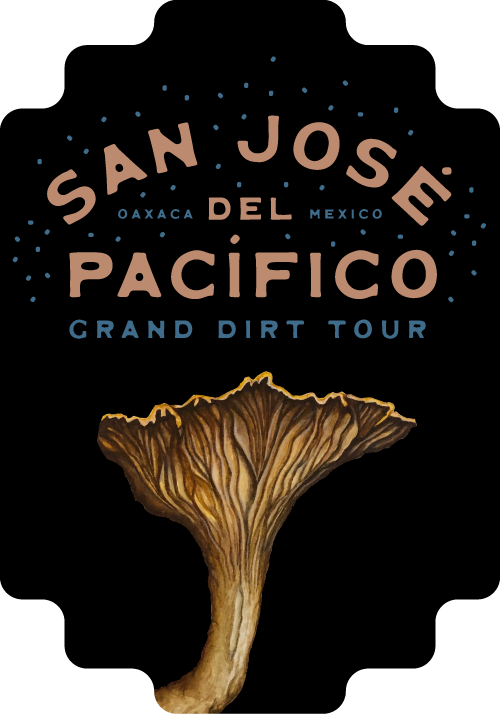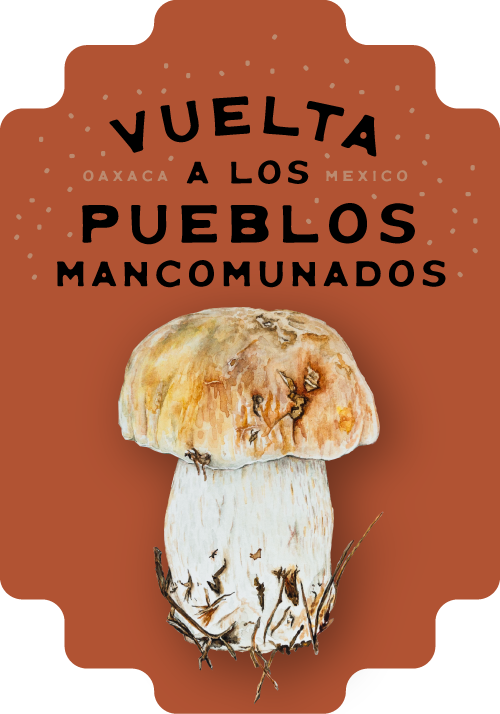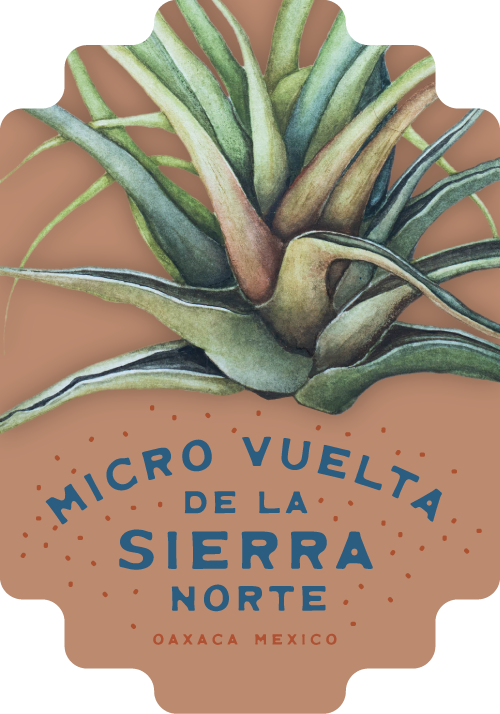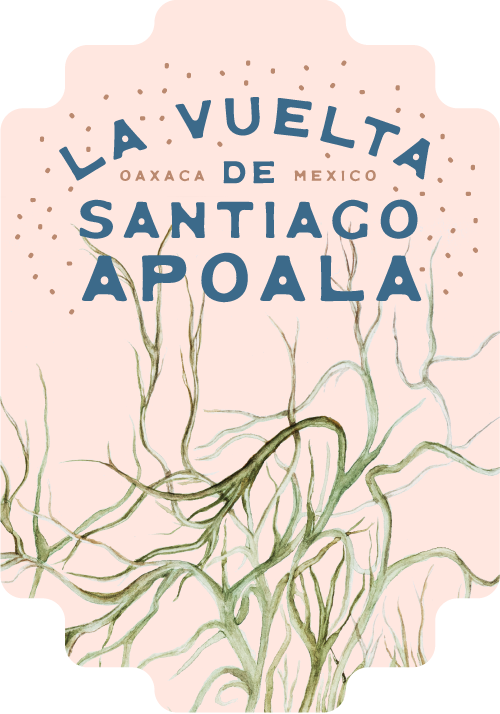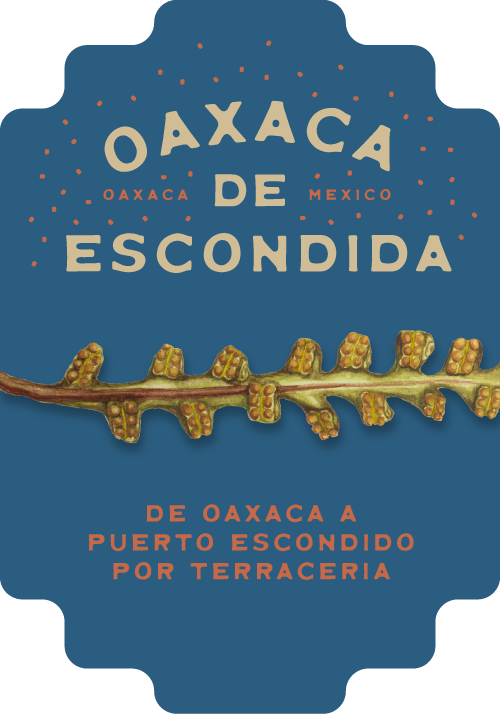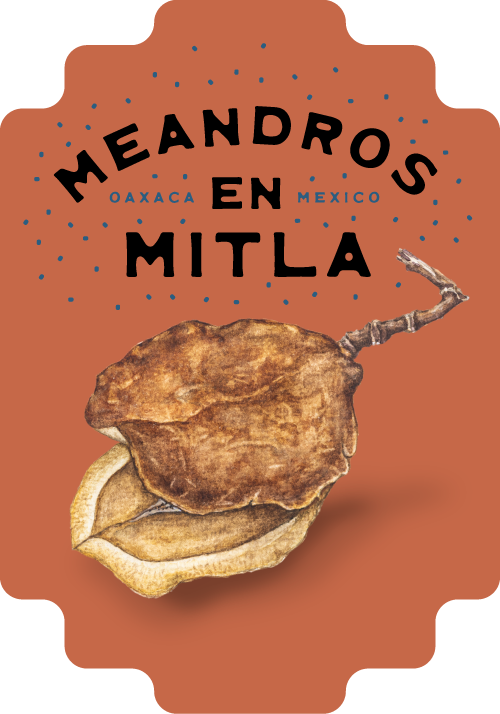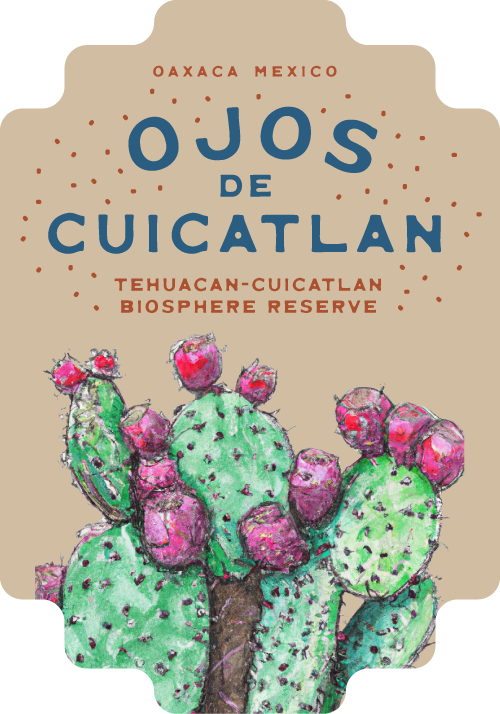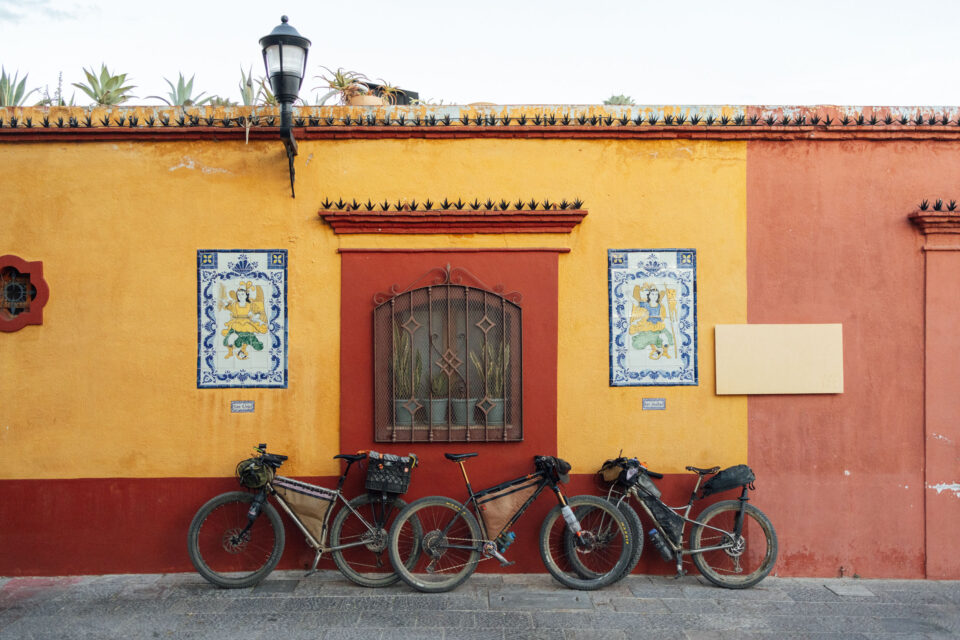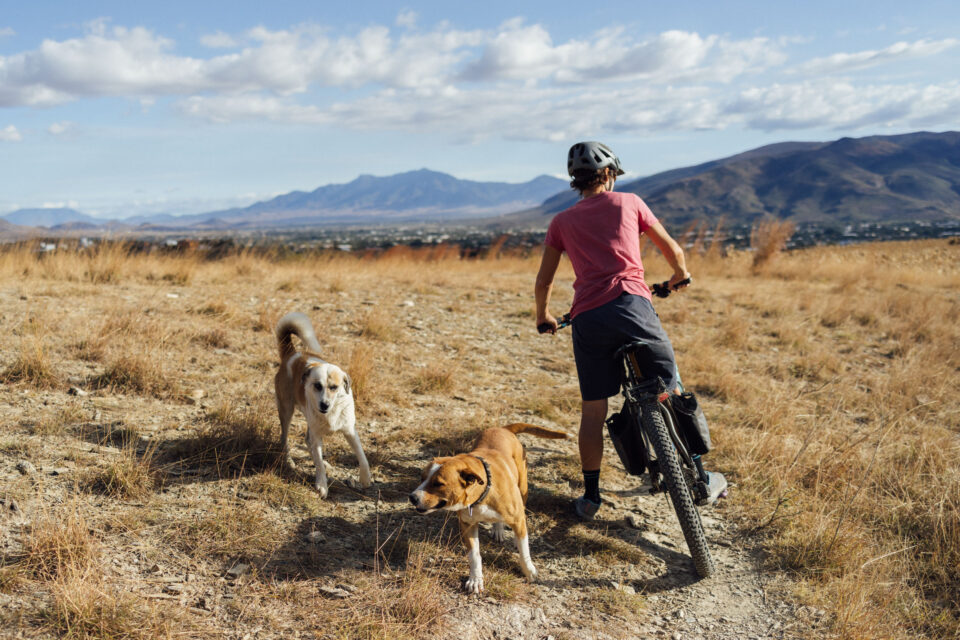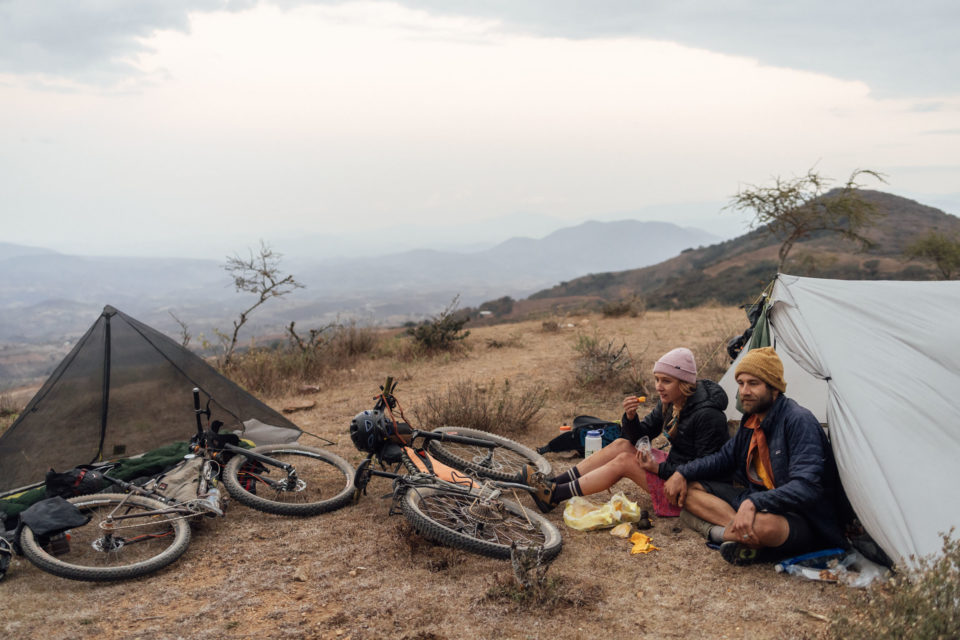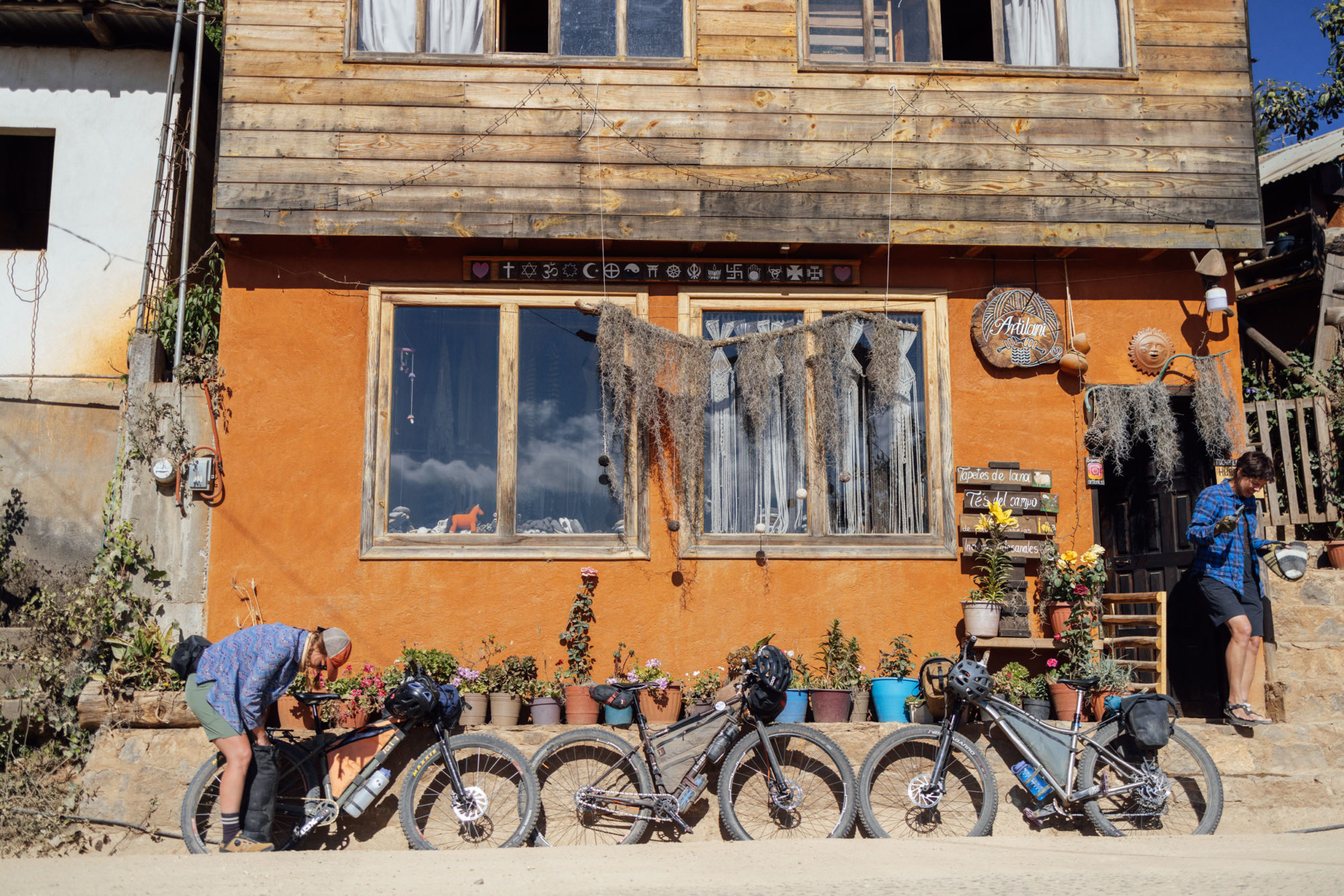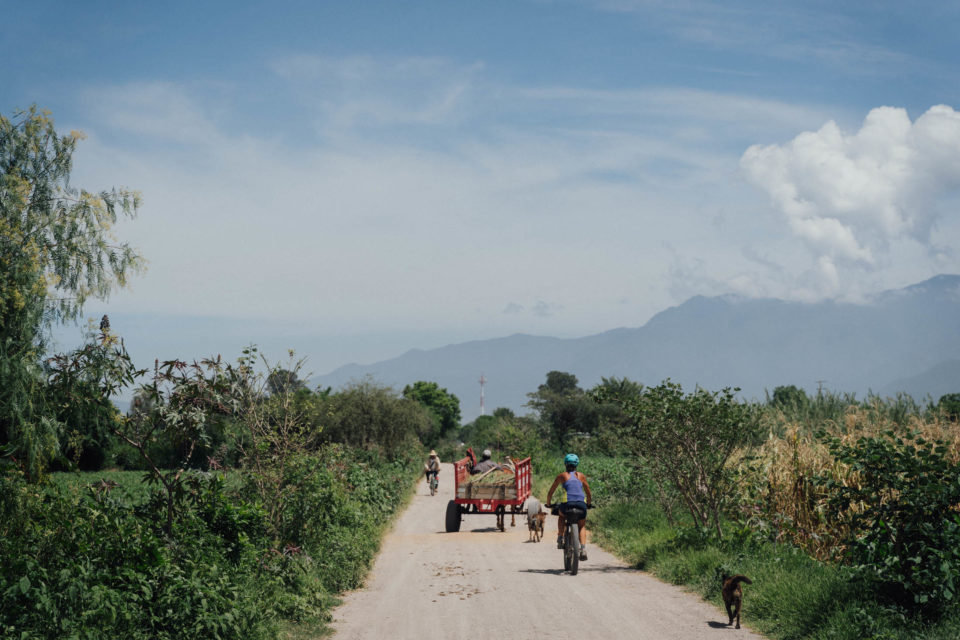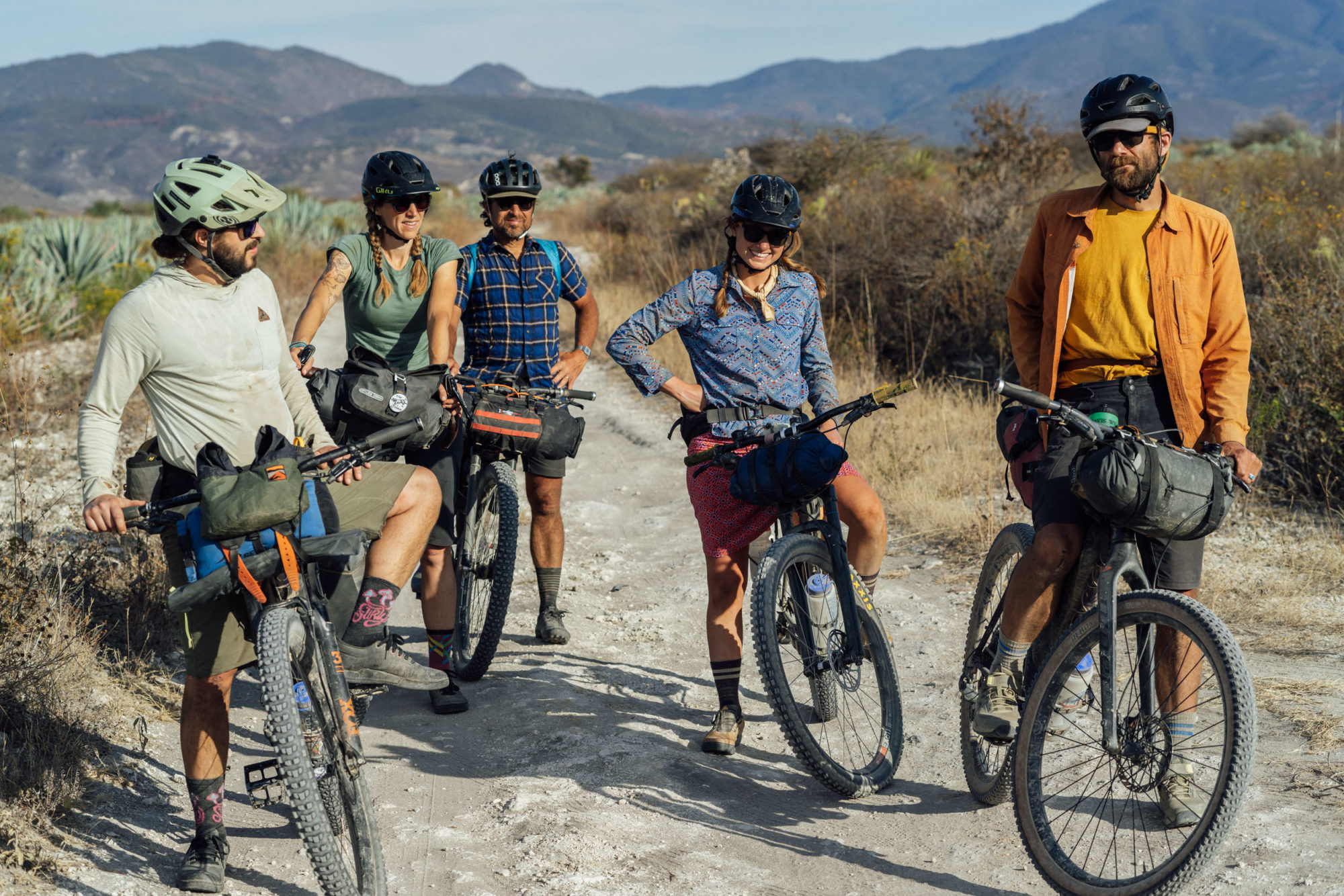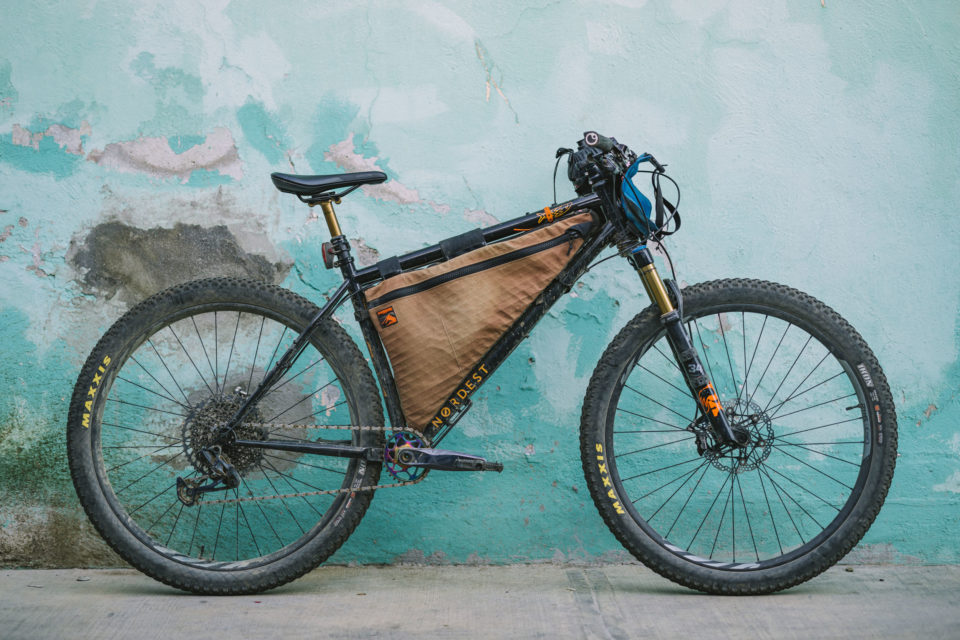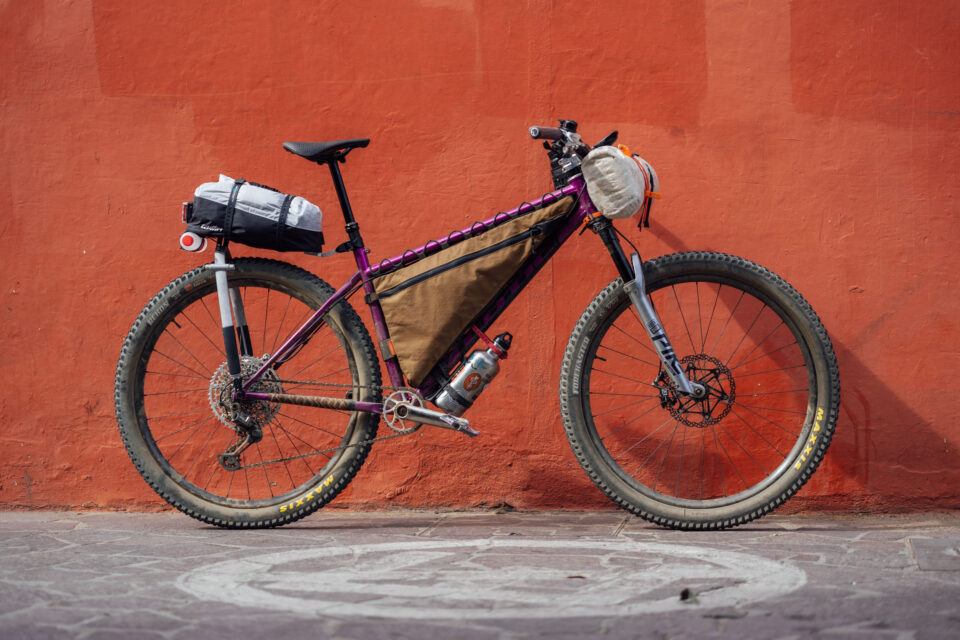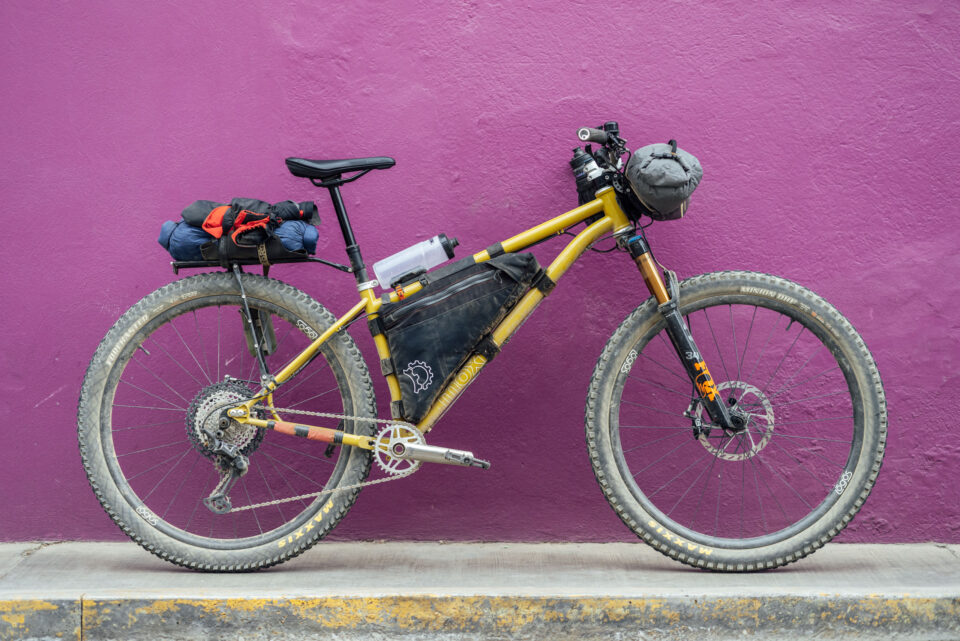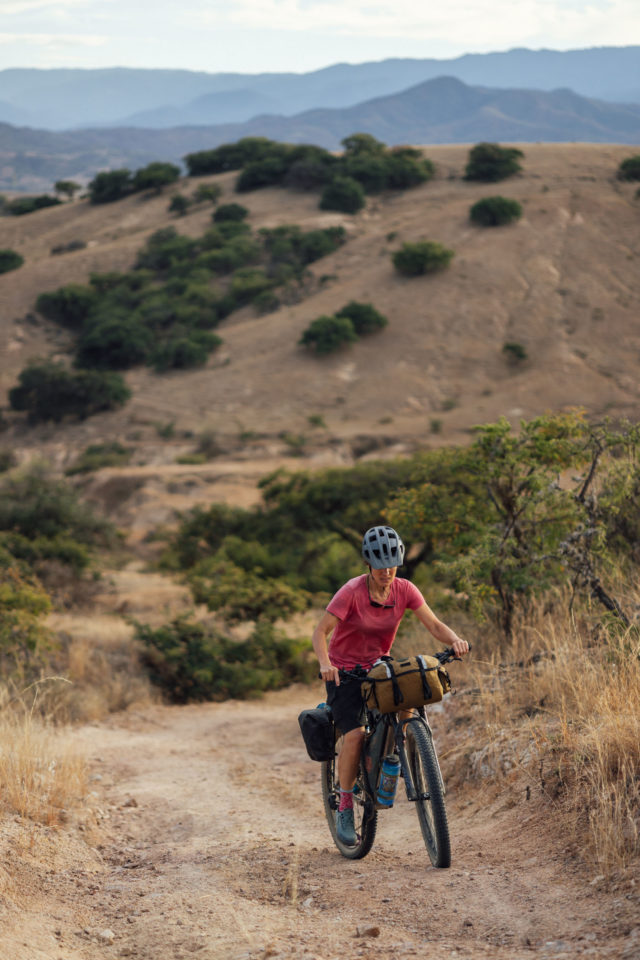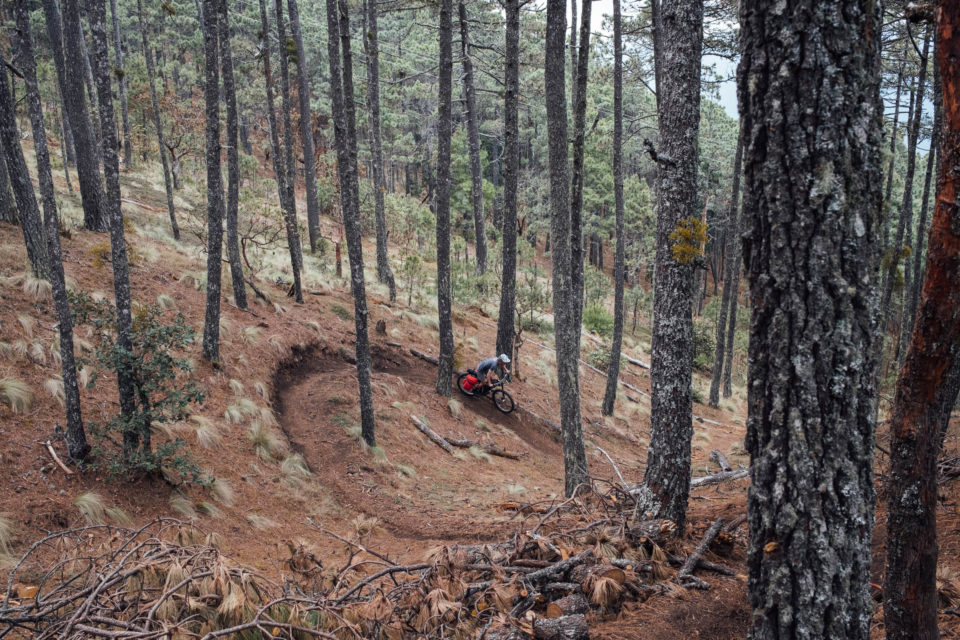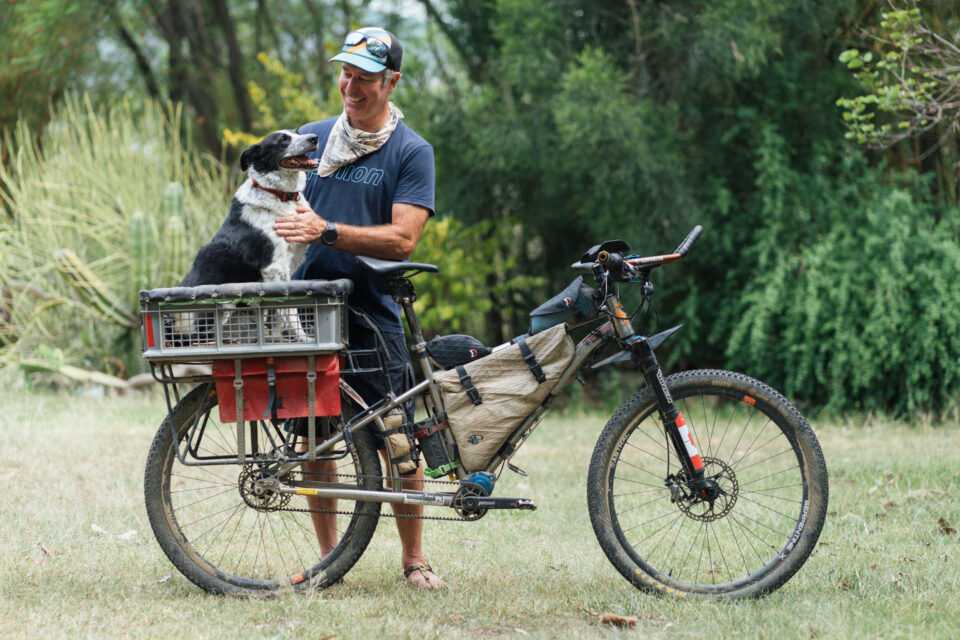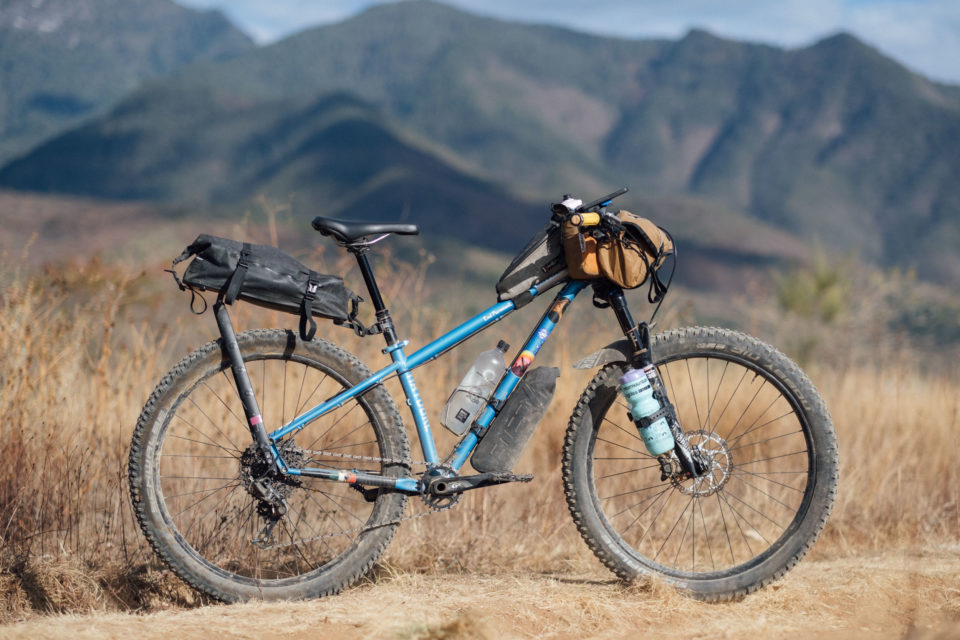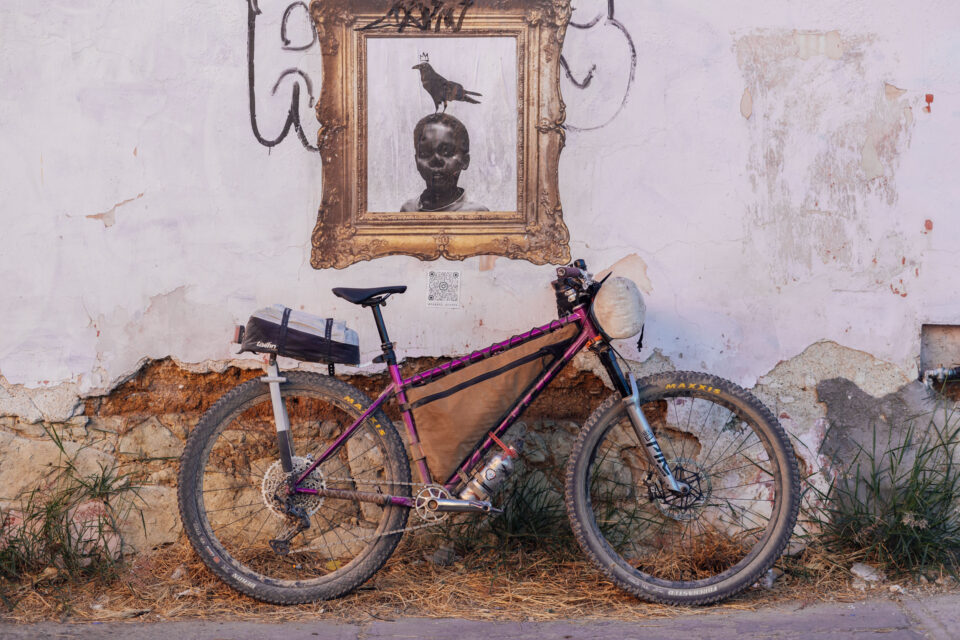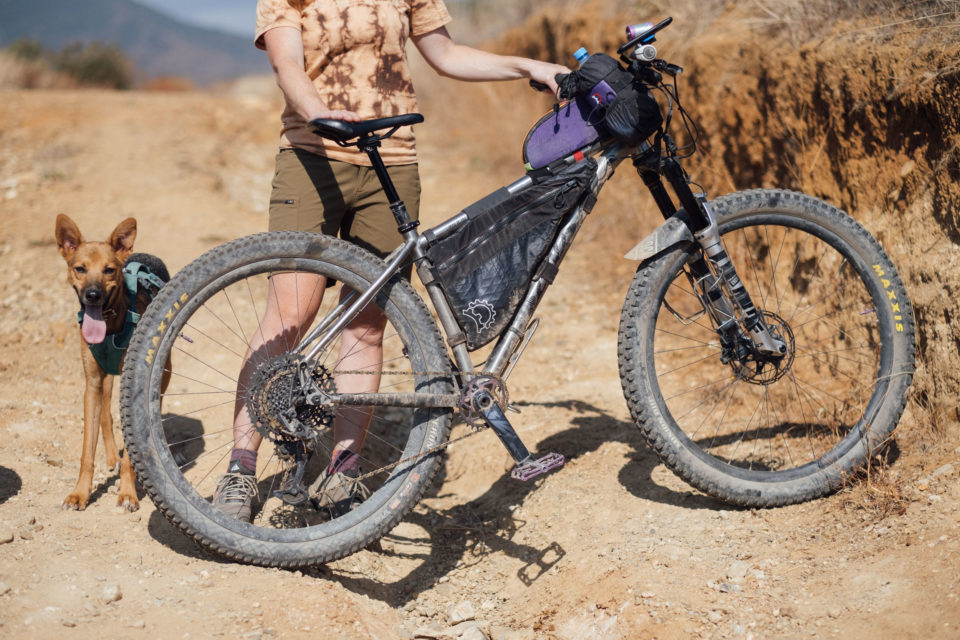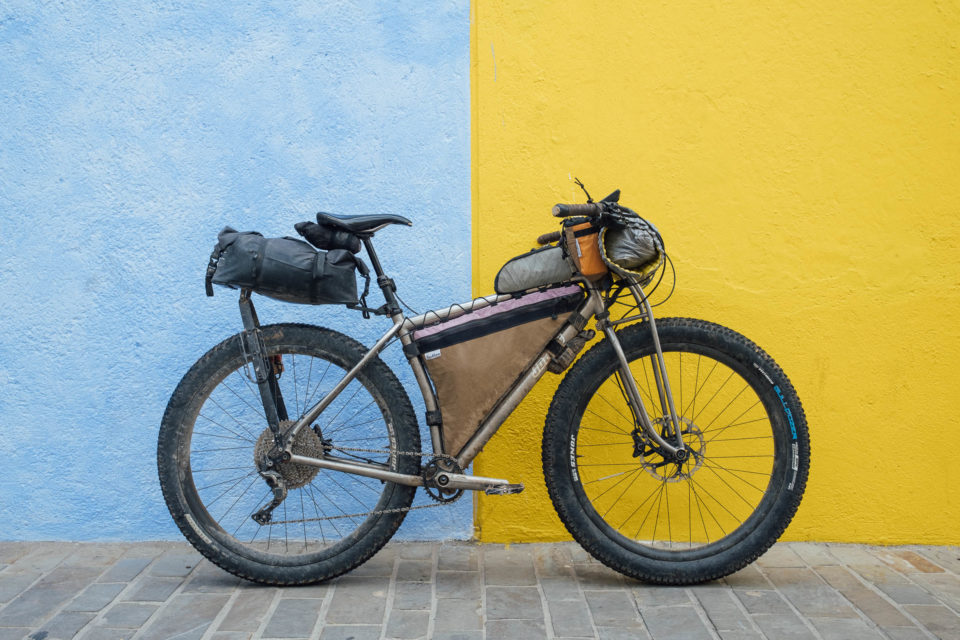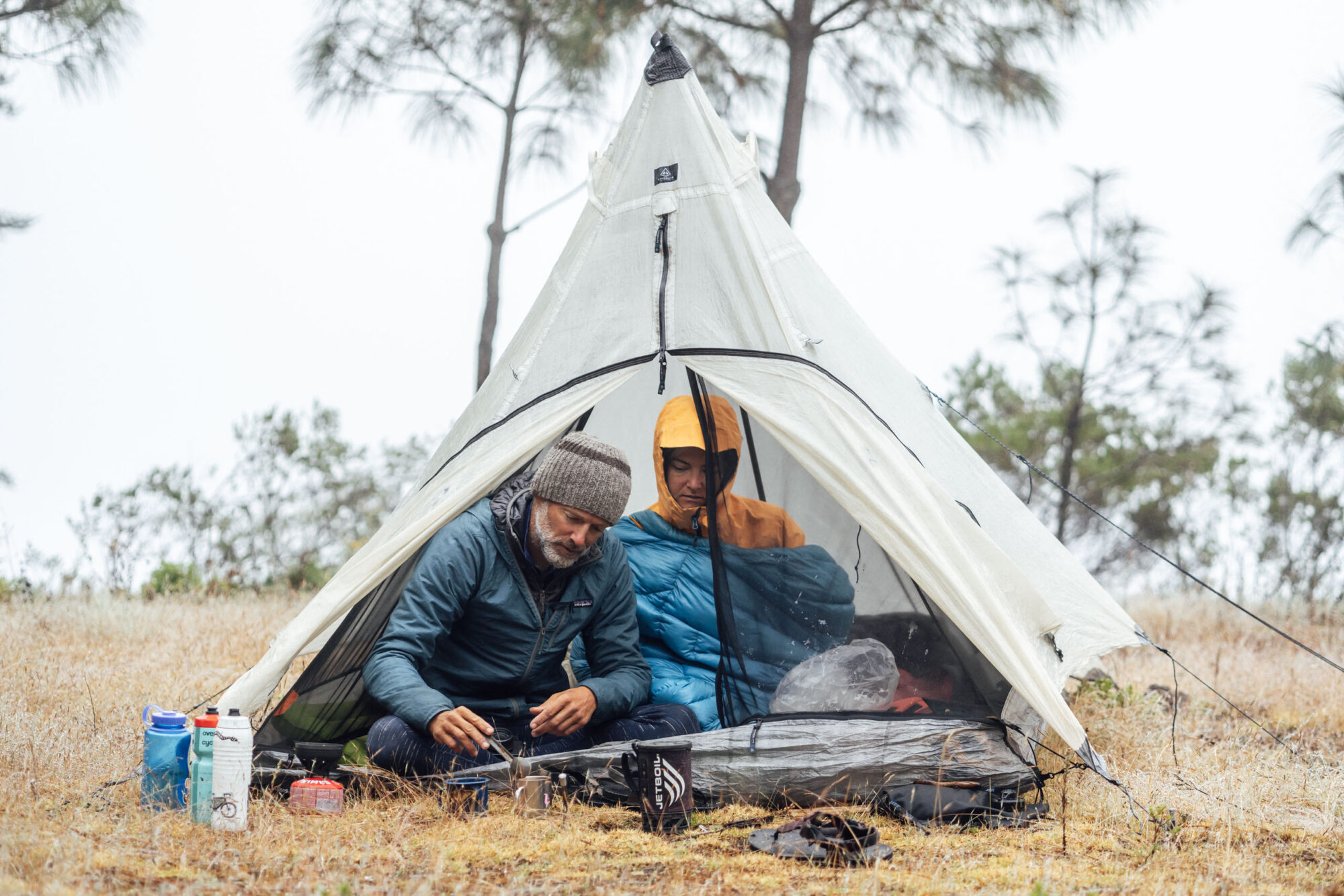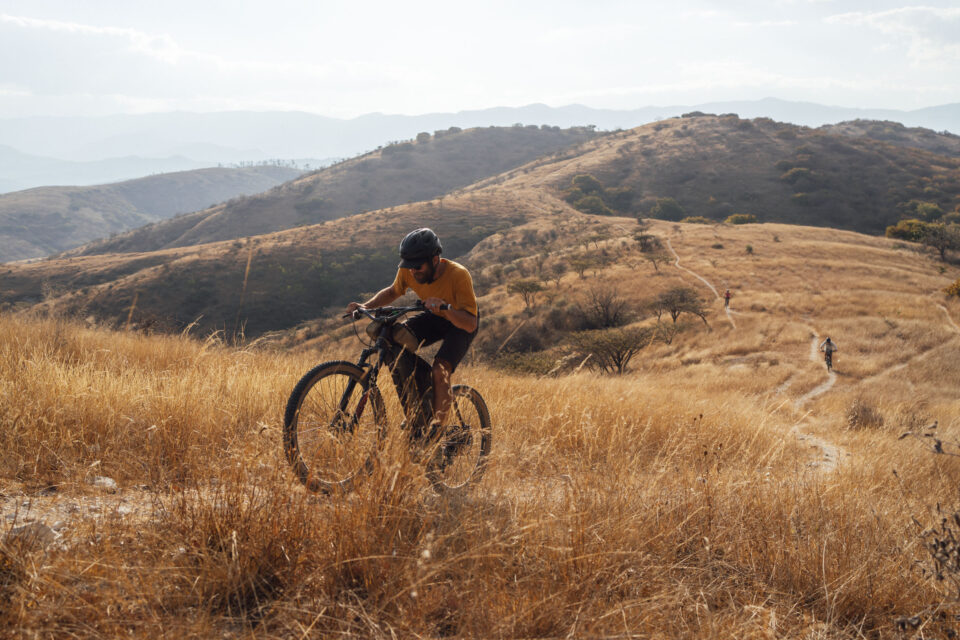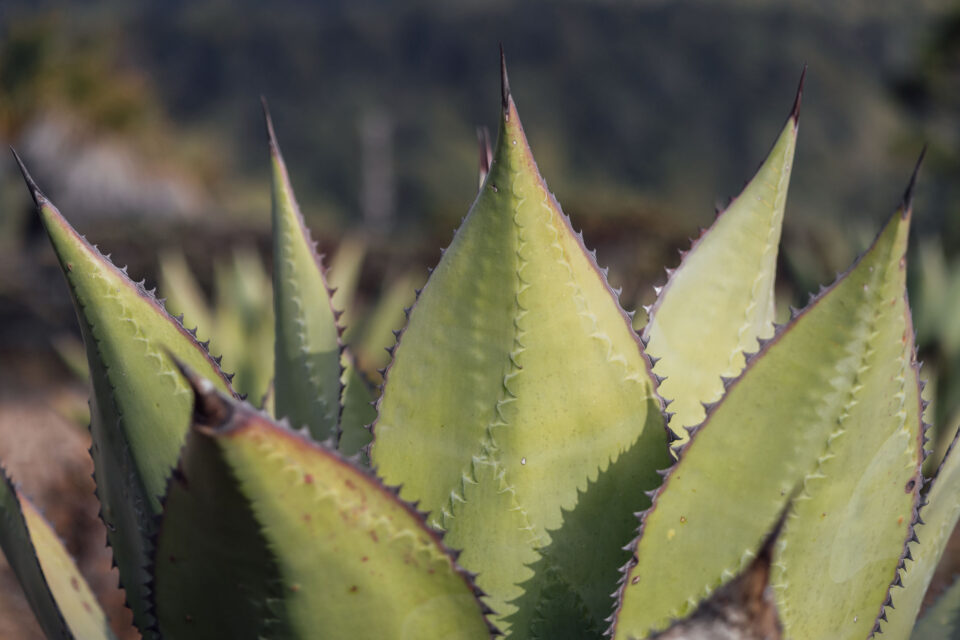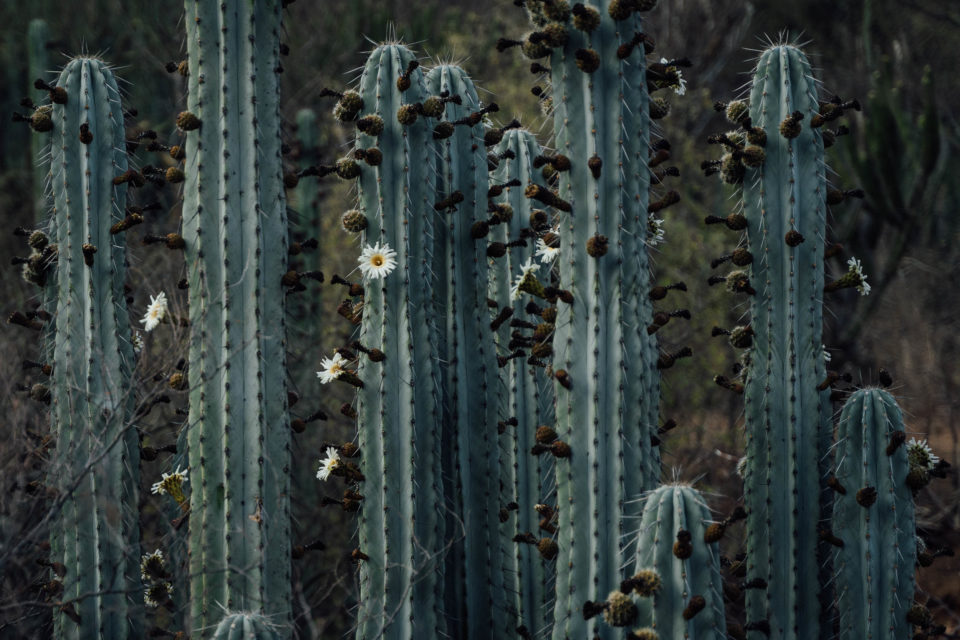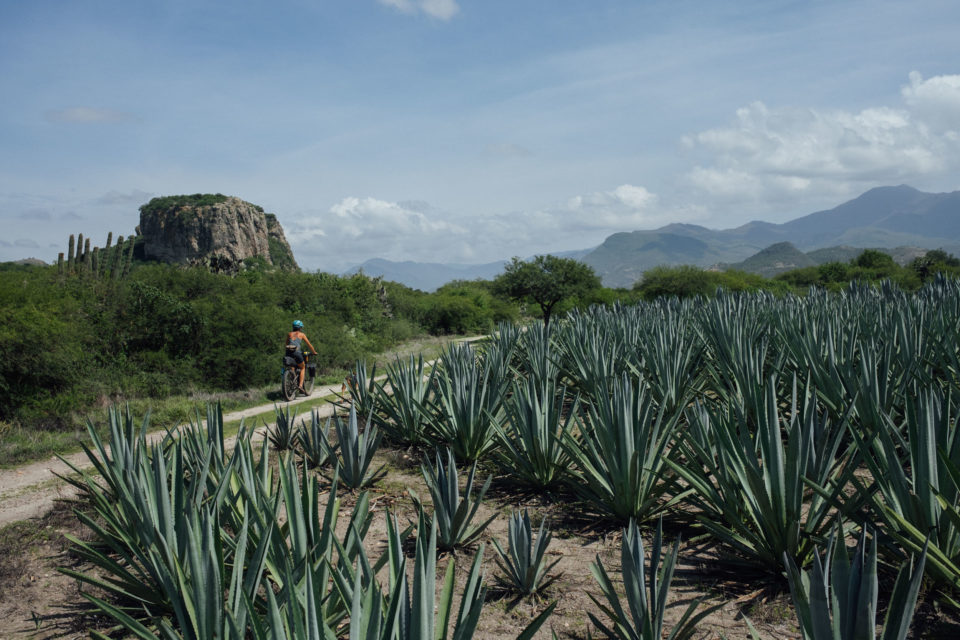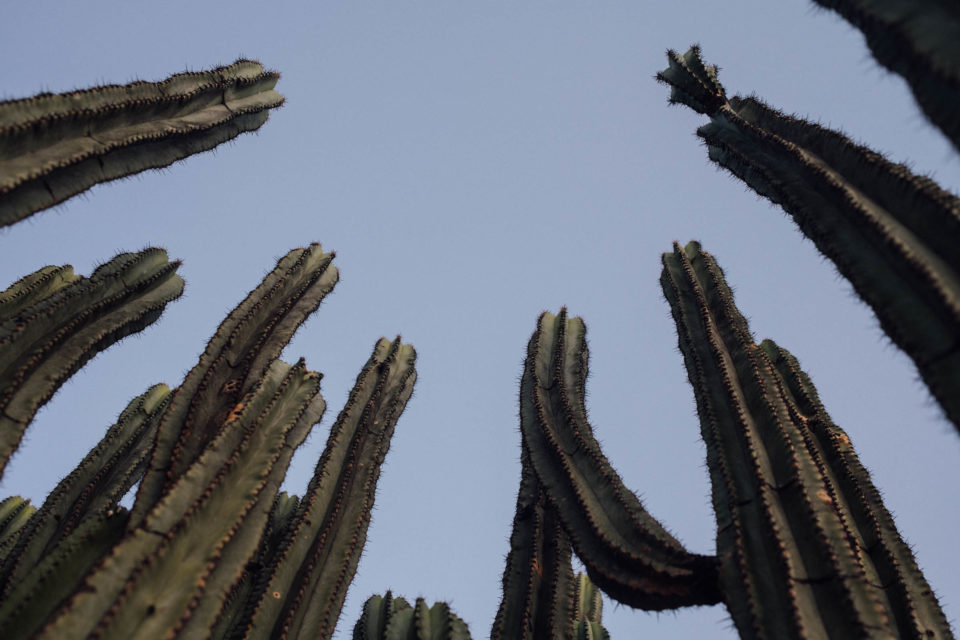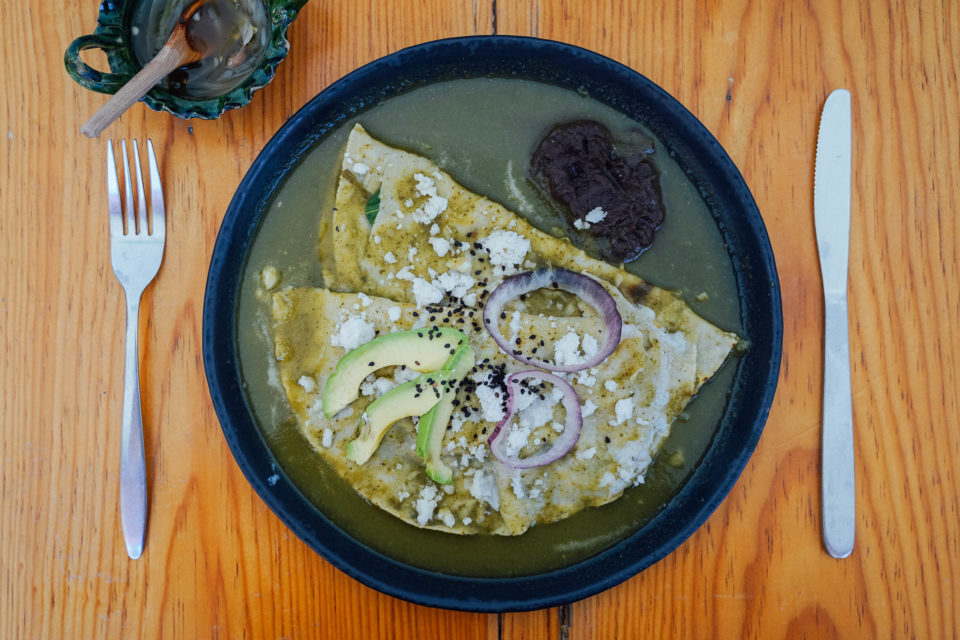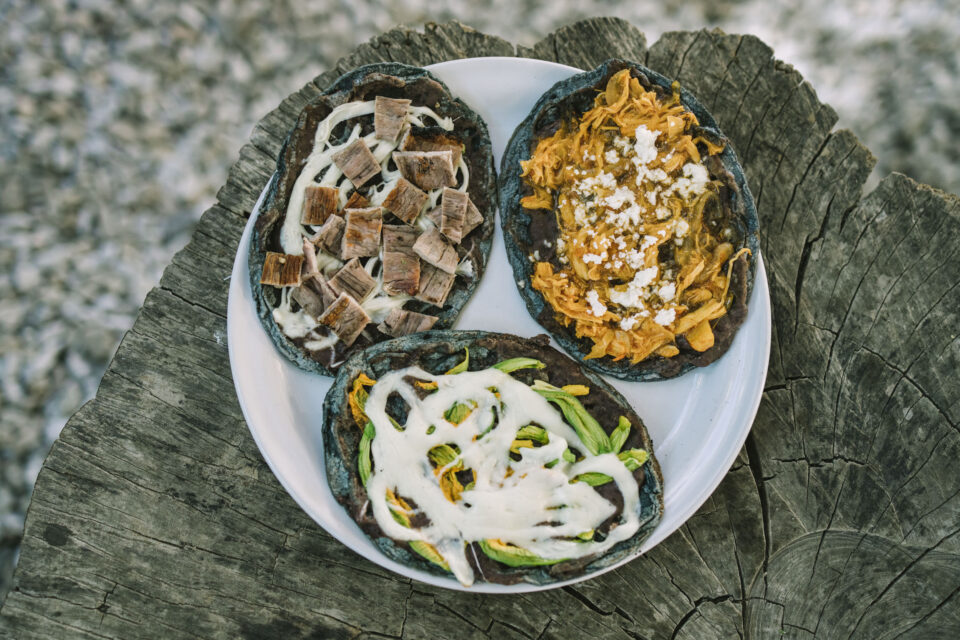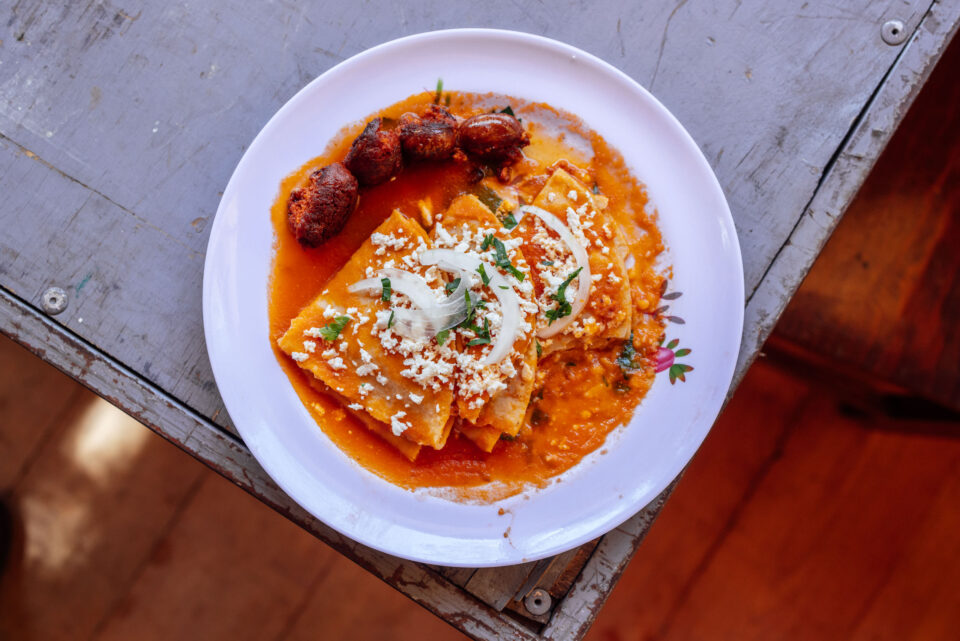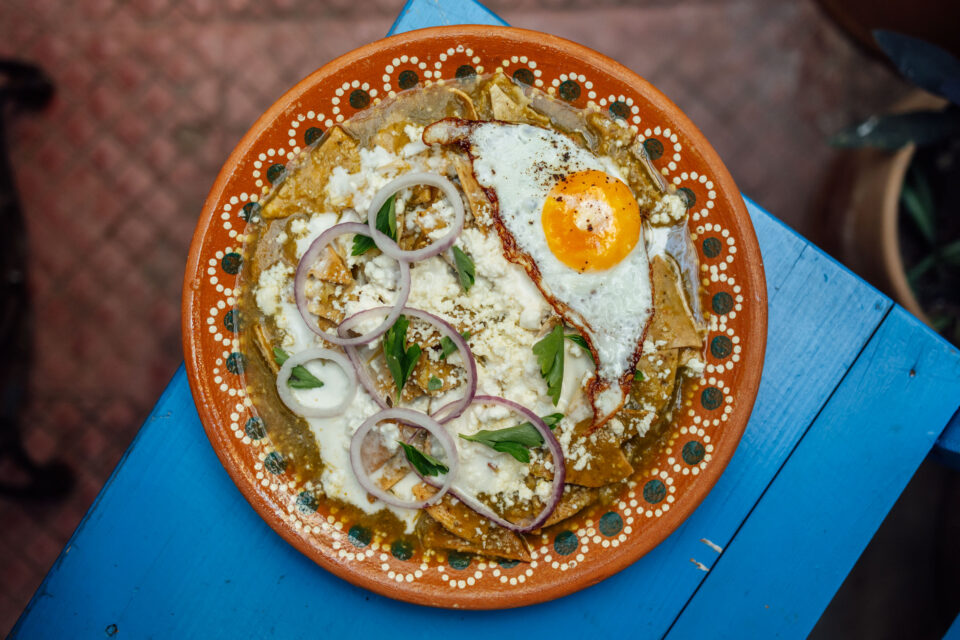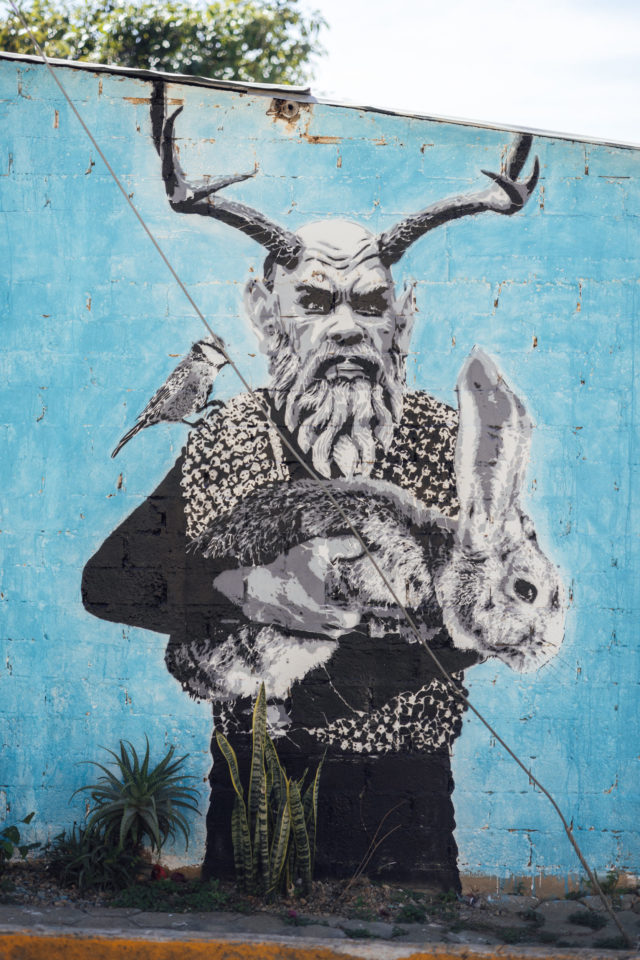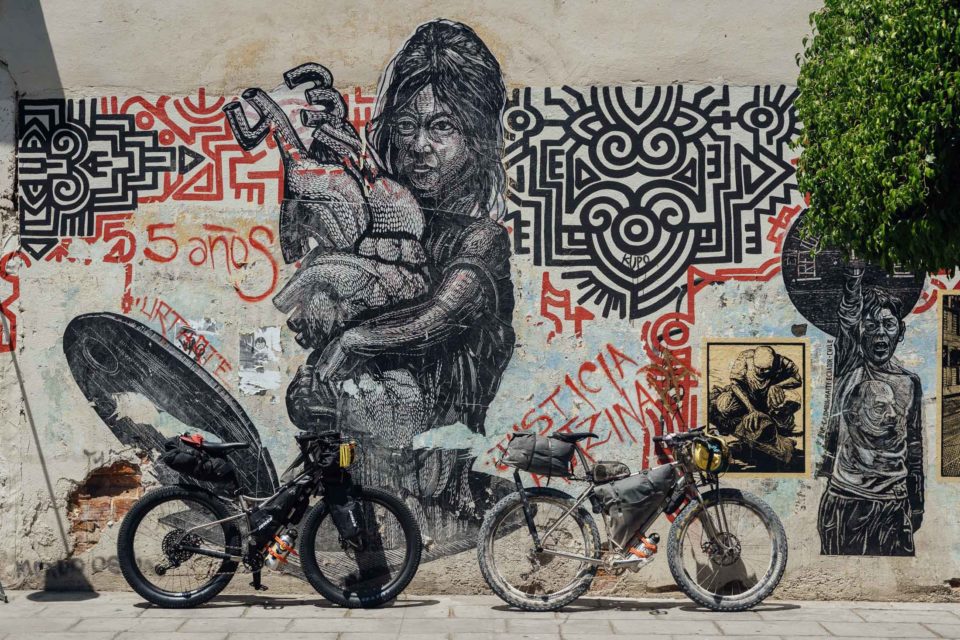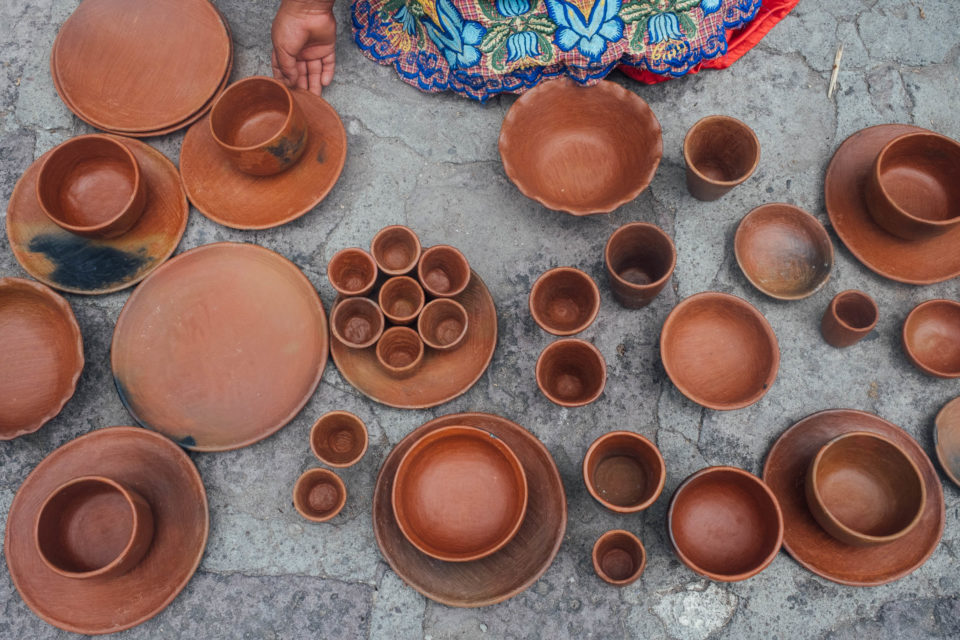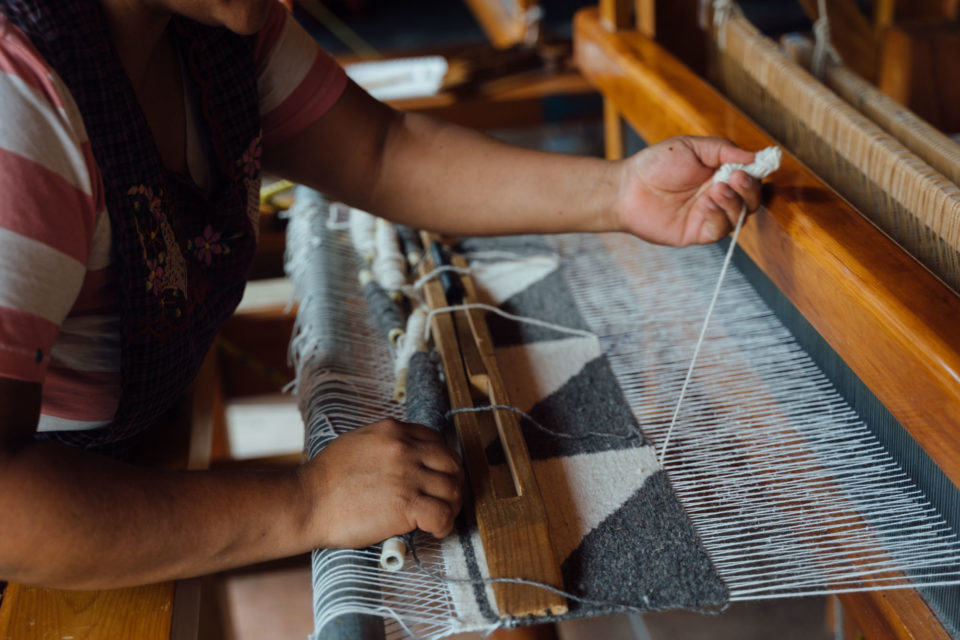Aside from all the great riding on offer, Oaxaca is home to many incredible archeological and historical sites, a variety of botanical wonders to behold, tons of delicious foods to try, and a menagerie of arts and crafts to discover…
A Brief History of Oaxaca
The history of the Central Valley and Oaxaca is long and rich. Evidence of human occupation in the valley of Oaxaca dates back to between 11,000 and 12,000 BCE. From its genesis, Oaxaca has been home to at least 16 distinct cultures. The Zapotecas and Mixtecas constitute the largest and once most powerful of these groups, having left indelible marks on Oaxaca as we know it today.
The Zapotec people occupied San Jose Mogote, which lies just outside of Oaxaca city, as early as 1600 BCE, and they later established Monte Alban in approximately 500 BCE. Monte Alban functioned as the capital of the Zapotec civilization for approximately 1,000 years and was home to some 25,000 people at its peak. The site was gradually abandoned by the Zapotec, beginning around 800 CE. By the 11th century, another Indigenous group, the Mixtec, was the dominant civilization in Oaxaca. The Mixtec had emerged in the wake of the Maya collapse in the 9th Century, with tribes in the region of present-day Puebla, Guerrero, and Oaxaca. Their influence peaked in the 11th century, when the leader Eight Deer Jaguar Claw united the various Mixtec kingdoms. By 1000 CE, the Mixtec were in control of Mitla, the area’s most important religious site, and by 1350 CE, they had taken control over Monte Alban.

However, the Mixtec’s dominance was relatively short-lived, as the Aztecs triumphed over the Mixtecs and Zapotecs in 1458. By 1486, the Aztecs had established a fort on the hill that overlooks present-day Oaxaca City. Now known as El Fortín, the hill was originally named Huaxyácac, the Nahuatl (Aztec language) phrase, which means “among or on top of the huaje tree.” This was the major Aztec military base charged with enforcing tribute collection and controlling trade routes. The Aztec reign in Oaxaca was even shorter than that of the Mixtec, lasting little more than 30 years before the arrival of the Spanish.
In 1521, a coalition of Spaniards and Indigenous fighters led by Hernán Cortés conquered the Aztec capital of Tenochtitlán (near present-day Mexico City). Within months, the Central Valley was under Spanish rule, and in 1529, the city of Oaxaca was “founded” under the name Antequera. From the onset, the conquistadors sought to subvert the cultures and traditions of the Indigenous people as a means to exploit them for financial gain. The Mixe people put up the most resistance to the colonizers, mounting various rebellions over the decades that followed, but they eventually retreated to isolated regions in the Sierra Norte, where they still live today.
Most Indigenous people, however, were forced into indentured servitude via the encomienda system, a continuation of the pre-conquest tribute and labor system. A combination of factors, including poor living conditions, left the population particularly vulnerable to the diseases that the colonizers introduced from Europe. As such, the Native people were decimated by disease. To make up for the lost labor force, the Spanish imported ever-increasing numbers of African people as slave labor, particularly in the coastal regions of Oaxaca. This systematic exploitation of Indigenous and African populations continued throughout the 300-year Colonial Period.
The Mexican War of Independence began on September 16, 1810, when Miguel Hidalgo y Costilla, a Catholic priest, called the people of Dolores, Mexico, to mass and shouted, “Will you free yourselves?” In the speech that followed, Hidalgo called for the end of Spanish rule, racial equality, and land redistribution. The uprising that ensued would be the first of many to take place over the following 11 years. Finally, In August of 1821, the Treaty of Córdoba was signed, ending Spanish rule, and in 1824, the First Mexican Republic was established.

In the subsequent years, Mexico faced great political instability. The early years were marked by struggles between conservatives and liberals, including a brief empire under Emperor Maximilian I. One of the most important political figures of this time and throughout the history of Mexico was Benito Juarez, a Zapotec from Oaxaca who served as Mexico’s first Indigenous president.
The second major Oaxacana political figure of the late 19th and early 20th centuries was Porfirio Díaz. The Mexican Revolution that took place from 1910 to 1920 was sparked by widespread discontent over Porfirio Díaz’s long dictatorship, political repression, and economic inequality. When the revolution began, Oaxaca, like many southern states, rallied around the revolutionary Emiliano Zapata, who proclaimed that the land belonged to the workers. His rhetoric resonated with most Oaxacans since many of them were exploited by the large landowners.
The revolution led to the ouster of Díaz, but the ensuing years were marked by a prolonged civil war during which upward of 1,000,000 people were killed. Ultimately, a new government was formed, and a new constitution was drafted. The Mexican Constitution of 1917, which is still in effect today, was the first such document in the world to outline social rights. Founded on principles such as human rights, separation of powers, and separation of church and state, the Constitution of 1917 paved the way for land reform, established organized labor rights, laid a foundation for free and secular education, and restricted the power of the Roman Catholic Church in Mexico. It also listed basic human rights for all Mexicans. The promises of the Constitution have never been fully realized, but all subsequent legal arguments have been based on its framework. Moreover, the Constitution forms the basis by which Mexican citizens judge their political leaders.
The spirit of rebellion that spurred the Mexican Revolution and led to the creation of Mexico’s Constitution is alive and well in Oaxaca. The most famous example of this occurred in 2006 when the police violently responded to the annual teachers’ strike in and around the Xocolo of Oaxaca de Juarez. A coalition of various Indigenous and social groups formed in response and mounted protests against government corruption, demanding social justice and Indigenous rights that lasted for over six months. They called for the removal of the state governor, leading to widespread demonstrations and deadly clashes with authorities. To this day, protests are a part of daily life in Oaxaca, where regular road closures, blockades, occupations of public buildings, work strikes, pickets, and marches occur.
Historical Sites of Interest Around the City and Valley
Many of the most well-known archeological sites in the Oaxaca Valley can be easily visited on a day trip by bike from the city or, better yet, as a stop along one of the bikepacking routes linked to this guide. There are also a few historical sites within the city where visitors will undoubtedly find themselves passing time.
Monte Alban
As mentioned, Monte Alban, located on a hill overlooking the city, is one of Mesoamerica’s most important archeological sites. It was inhabited for approximately 1,500 years by a succession of civilizations, including the Olmecs, Zapotecs, and Mixtecs, and it served as the capital of the Zapotec people from approximately 500 BCE to approximately 850 CE when the Zapotec gradually abandoned the site. The Mixtec later took over the site, adding to the complex and utilizing Zapotec tombs for their dignitaries. The site extends over four square miles (six-and-a-half square kilometers) and includes awe-inspiring pyramids, magnificent temples, tombs, and bas-reliefs with hieroglyphic inscriptions. The on-site museum is a must, with incredible displays that offer great, albeit sometimes gory, insights into the lives of the folks who once called Monte Alban home.
Mitla
Mitla, derived from the Nahuatl word Mictlán meaning “place of the dead,” or Lyobaa, as the Zapotec refer to it, is the second-most important archeological site in Oaxaca. It is located in San Pablo Villa de Mitla, approximately 27 miles (46 kilometers) southeast of Oaxaca. It was inhabited from at least the Classic Period (100-650 CE) and was established as a sacred burial site by the Zapotec. The Mixtec gained control of the area around 1000 CE, but the area remained populated by Zapotec. The Mixtec influence is most pronounced on the existing structures, namely its intricate mosaic fretwork or friezes that were designed out of thousands of cut and polished stones, set in place with no mortar.
San Jose Mogote
There’s not a whole lot to see in San Jose Magote, as it has not been as carefully restored or protected as the two previously mentioned sites, but the archeological site is worth a visit if you happen to be riding through the Etla Valley. Founded around 1500 BCE, San Jose Magote is considered to be the oldest permanent agricultural village in the Oaxaca Valley. It is credited with being the first settlement in the area to use pottery, and the earliest evidence of Zapotec writing was found here. The remains of San José del Mogote lay inside a small town by the same name and consist of two large elevated platforms or step pyramids, each topped with what is left of several other multi-room chambers. In town, the community museum at Hacienda del Cacique exhibits several interesting archaeological finds and asks only for a small voluntary donation to enter.
Yagul and the Prehistoric Caves of Yagul and Mitla
Yagul is another fascinating archeological site and former city-state associated with the Zapotec. It was first occupied years earlier, but between 500-700 CE, residential, civic, and ceremonial structures were first built at the site. The site, which is set on a hill overlooking the Tlacolula Valley, can be divided into three principal areas: the fortress, the ceremonial center, including an impressive ball court, and the residential areas.
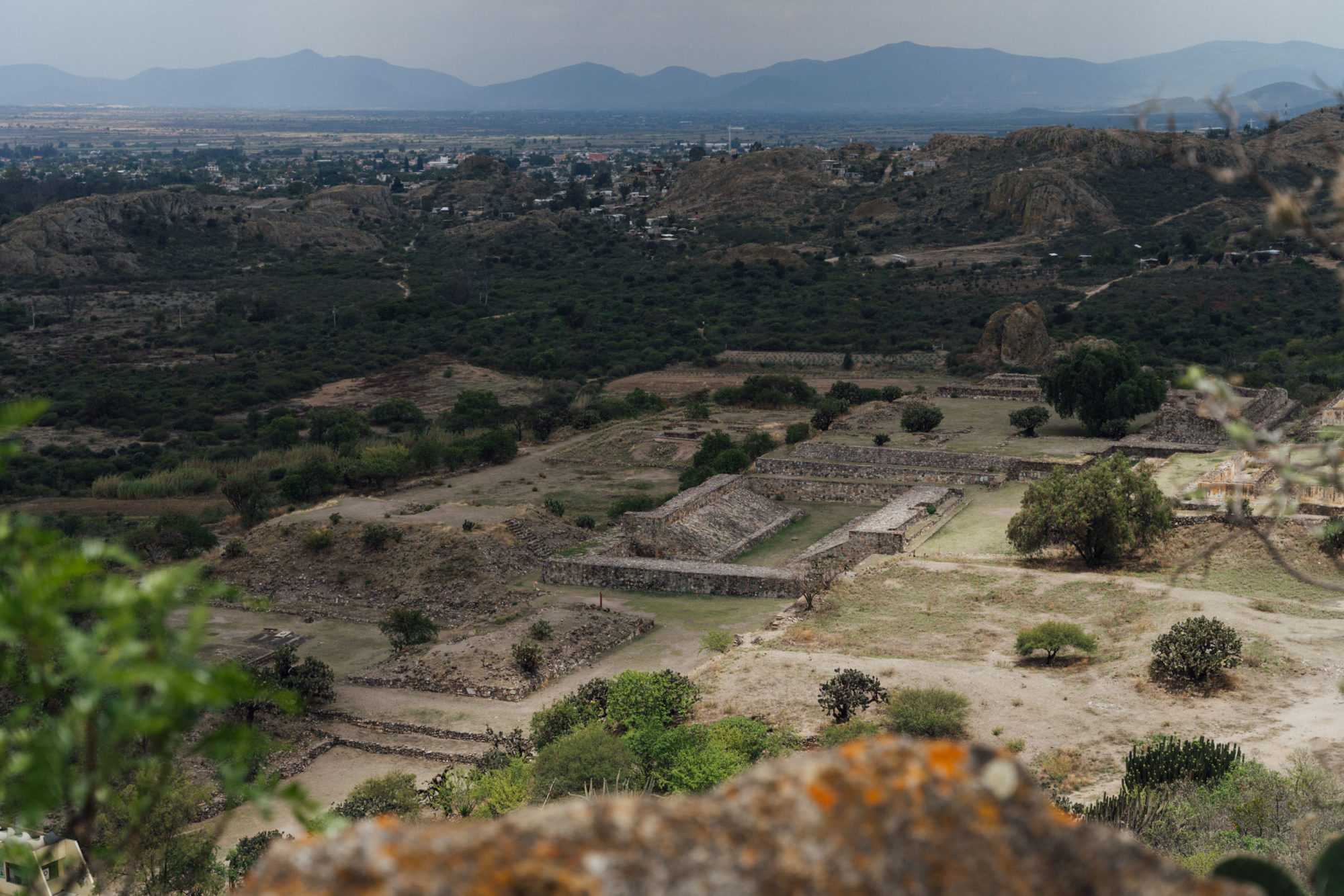
In the valley surrounding the site and extending further toward Mitla lie a series of prehistoric caves and rock shelters that gained Unesco World Heritage status in 2010. At 10,000 years old, squash seeds found in one cave are considered to be the earliest known evidence of domesticated plants in the continent, and corn cob fragments from the same cave are said to be the earliest documented evidence of maize domestication. Additional archeological findings add to the story of humankind in our evolution from hunter-gatherers to more settled agrarians. Per Unesco, “The cultural landscape of the Prehistoric Caves of Yagul and Mitla demonstrates the link between man and nature that gave origin to the domestication of plants in North America, thus allowing the rise of Mesoamerican civilizations.”
Templo de Santo Domingo de Guzmán
Soon after the Spanish conquest of Oaxaca, Cortez sent for Dominican friars to establish themselves in Oaxaca and evangelize the Indigenous people who lived there. One of the Dominicans’ first acts was to begin the construction of the Santo Domingo Church and Convento complex. The construction of the main church and convent was completed around 1619. The convent was the principal monastery of the province, serving as home to as many as 150 Dominican friars. From the War of Independence through to the Mexican Revolution, the church and convent were successively occupied by military troops of various factions. The church and a small section of the convent were returned to the Dominicans in the 1930s, but the military didn’t vacate the building completely until 1994. Today, the complex is home to the church, with its exemplary Baroque architecture and intricate gilded decor, the Oaxacan Museum of Cultures, two libraries, and the amazing Jardín Etnobotánico de Oaxaca.
A Botanical Wonderland
Oaxaca is the most biologically diverse state in Mexico, a country that ranks as one of the most diverse in the world. The state is home to five primary ecosystems: pine-oak forest, valley scrubland, low tropical deciduous forest, evergreen tropical forest, and tropical rain forest. Its particularly complex topography has also created micro ecosystems within these larger biospheres, where many of Oaxaca’s endemic species of plants and animals are found. Most of the routes found within this guide traverse the pine-oak forests, scrubland, and, to a lesser extent, the low tropical deciduous forests.
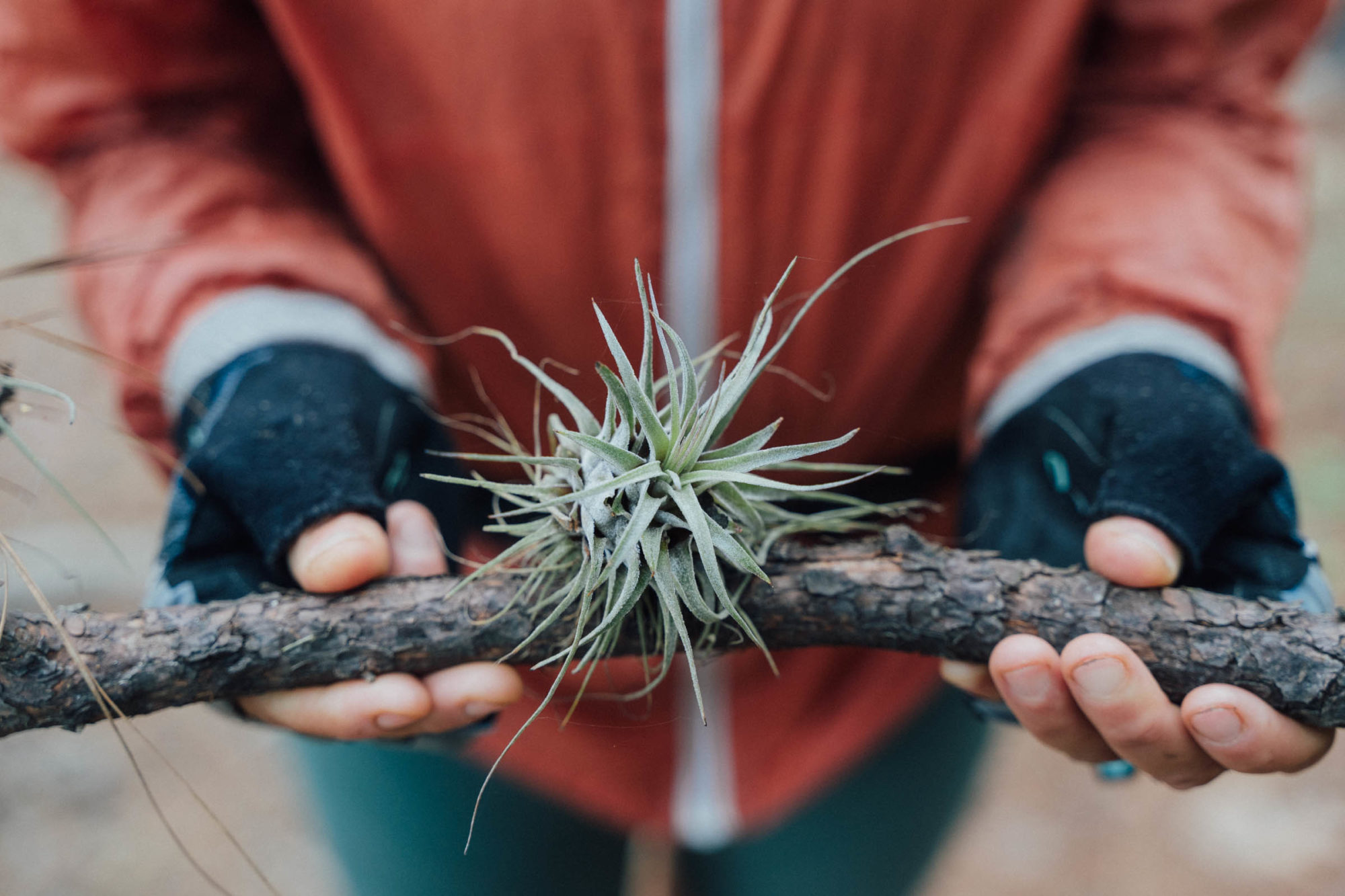
Jardín Etnobotánico de Oaxaca
The region’s botanical richness not only holds ecological importance but also cultural significance, as many of the plants found in Oaxaca have been traditionally used by Indigenous communities for food, medicine, textiles, and ritual purposes. On that note, a visit to Oaxaca would not be complete without a trip to the Jardín Etnobotánico de Oaxaca, where guided tours provide an amazing introduction to the flora of Oaxaca and its relationship to the people whose home this is. We recommend that everyone take a tour before setting out on a bike trip, as it provides a solid foundation for what you’ll encounter along the way. Another good educational resource is Oaxaca Journal by Dr Oliver Sachs, a naturalist-oriented book that weaves the area’s botanical and cultural history together.
Highlights
- Mushrooms: Oaxaca is well known for its medicinal and culinary mushrooms. San Jose del Pacifico is particularly well-known for the former, but from July to October, the Sierras at large offer great opportunities for very well-versed foragers to find amazing mushrooms of all varieties.
- Orchids and bromeliads: In the pine-oak forests of the Sierras, you’ll encounter lots of amazing plantlife. The orchids and bromeliads are particularly delightful.
- Succulents (Agave, Maguey, Yucca, and Cacti): So many amazing succulents thrive in Oaxaca. The giant agave in the mountains are truly magnificent as are the towering organ pipe cacti that dot the valley hillsides. In the valley, riders will also pass neat rows of maguey being cultivated for mezcal production. Yucca is also present throughout the valley and extends into the Sierras as well. Those that dot the ridgeline nearing El Carrrizal in the Sierra Norte look like they jumped straight out of a Dr Seuss book.
- Ferns: More than 700 fern species are found in Oaxaca, including delicate maidenhair ferns and the towering Sphaeropteris tree fern. Ferns are found across all of Oaxaca’s ecosystems. The aforementioned Oaxaca Journal was written by Dr Sacks when he was on a fern tour in Oaxaca in 2000.
- Guaje: The guaje isn’t the most beautiful tree, but the name Oaxaca is derived from this mimosa-like tree, which can be found popping up all over the city, valley, and dry deciduous forests throughout southern Mexico and Central America. It has small ball-like cream to yellow-colored flowers and produces seed pods that are traditionally served alongside tlayudas.
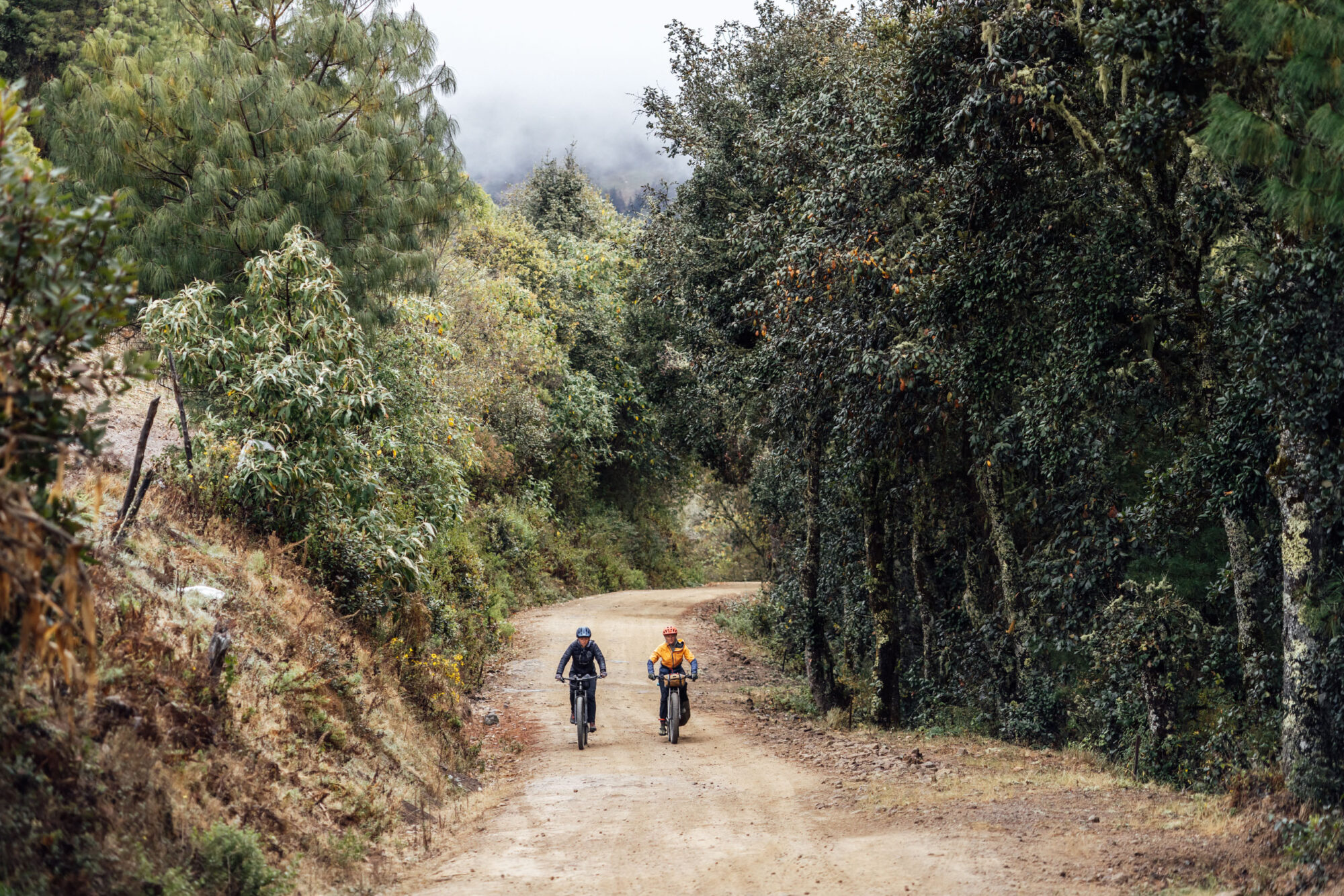
Pine-Oak Forests
Pine-oak forests occur primarily between elevations of 7,000 and 10,000 feet (2,150 and 3,000 meters). These temperate forests are the most extensive type of vegetation in Oaxaca and make up a great expanse of the Sierra Madre. In addition to oak and pine trees, this zone is also home to the Montezuma baldcypress. The Arbol del Tule, or Tule tree, located just outside of the city, is a fantastic specimen, having the stoutest tree trunk in the world. Many other plants are growing around, under, and sometimes on the pines and oaks, including ferns, bromeliads, orchids, agaves, and hundreds of colorful wildflowers. The bromeliads and agave lend an especially magical feeling to these forests. When standing among them, it’s easy to transport yourself millions of years in the past to a time when dinosaurs roamed these very forests.
White-nosed coati, white-tailed deer, and Central American red brocket deer live in these forests, as do elusive wildcats like puma and margay. Oaxaca has more species of birds than anywhere in Mexico, and many, including the nearly endangered, endemic dwarf jay, can be found in these forests. Another unique animal to look for is the Oaxacan pygmy rattlesnake.
Valley Scrubland
Valley scrubland is found between 4,500 and 5,500 feet (1,400 and 1,700 meters) of elevation in plateaus where surrounding mountains cast rain shadows. Most of the Oaxaca Valley falls into this ecosystem, one which is dominated by shrubs, cacti, yucca, agave, and other succulents, as well as morning glories and grasses. Over 30 species of cacti can be found in the valley, including plenty of prickly pear cacti, which host the cochineal, an insect from which carmine (red) pigment is produced. Other amazing species of cacti one can find in this biome include the endemic biznaga cactus and the amazing organ pipe, aka candelabra cactus, that grows 16 to 26 feet (5 to 8 meters) tall and, when in bloom, has the most beautiful daisy-like flowers. Agave, or maguey as mezcal-producing agave is locally-known, is farmed throughout the valley. The espadin agave is the most commonly farmed variety, while our favorite, tobala, can be identified by its short and slightly stout stature.
Because so many humans inhabit the valley, fewer of the large, wild mammals can be found in this area. Those that can be found here include coyotes, gray foxes, red squirrels, opossums, rabbits, and ringtails. Vermilion flycatchers, blue grosbeaks, various sparrows, woodpeckers, and hummingbirds abound. Over 60 species of reptiles live in the valley scrub ecosystem of Oaxaca, including the Sack’s giant whiptail lizard (Aspidoscelis sackii), which is endemic to the high valleys of southwestern Mexico, and the Oaxacan Coral Snake.
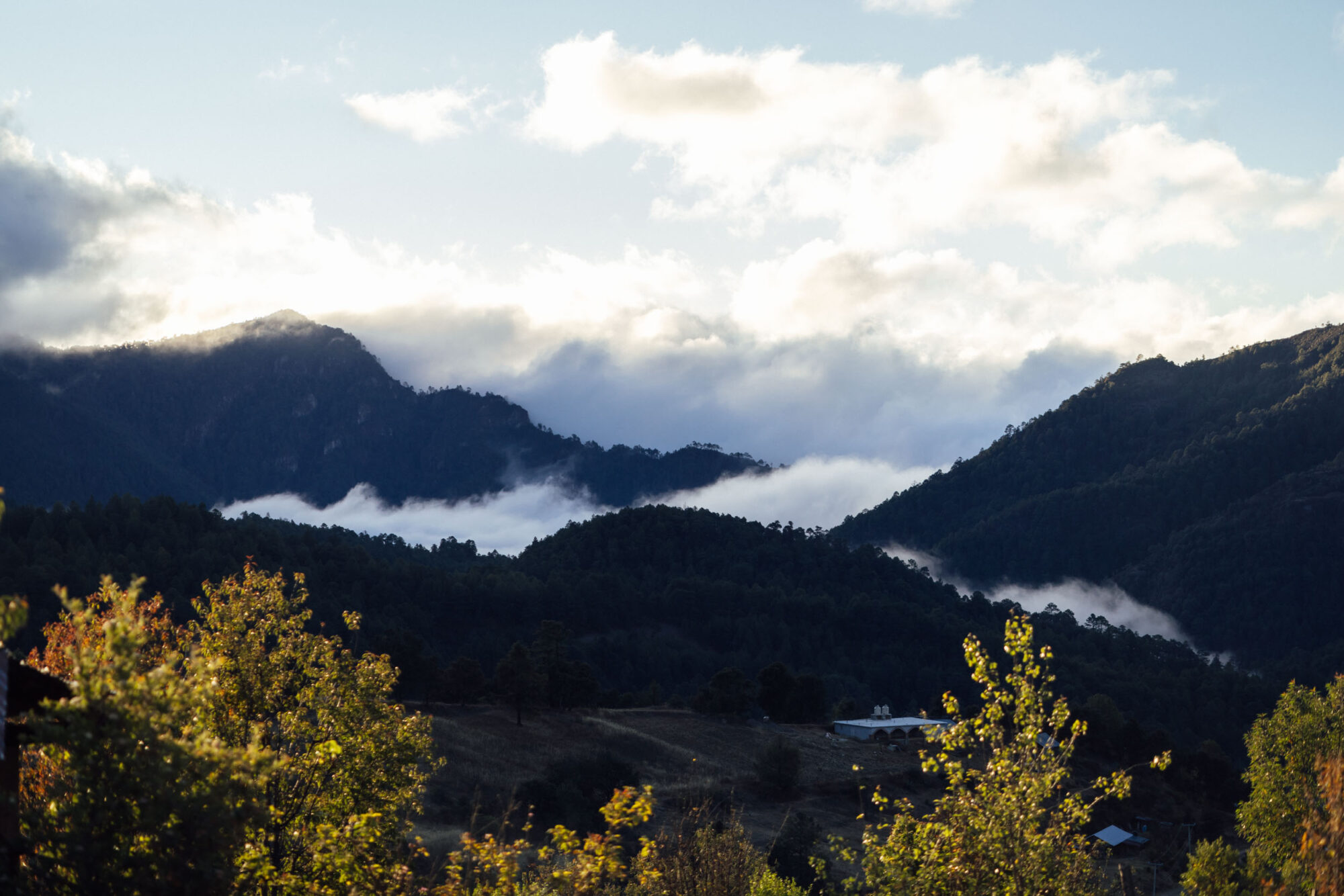
Low Tropical Deciduous Forest
Most of Oaxaca’s low tropical deciduous forests lie along the Pacific Coast, south of the Sierra Madre del Sur. Their natural vegetation is dominated by small trees and shrubs, many of which are deciduous and lose their leaves from November through May. The tree species that make up this forest include the Ceiba tree, aka kapok, whose seed pods produce a light, buoyant, cotton-like fluff once used to fill life preservers, Pacific Coast Mahogany, plumeria, and the cactus árbol del matrimonio, whose trunk is covered in wicked-looking spines.
Wildlife that can be spotted here includes the northern tamandua (a tree-dwelling anteater), white-nosed coatis, pygmy spotted skunks, nine-banded armadillos, and various iguana species. Ocelots also live here but are elusive. The marbled toad and the Mexican giant tree frog are two of this ecosystem’s more common amphibian species. A few of the birds one can see in the tropical deciduous forests include the white-throated magpie, golden-cheeked woodpecker, orange-breasted bunting, russet-crowned motmot, and the citreoline trogon.
Comida Oaxaqueño: Oaxacan Food Guide
Mexico is full of great food, with each region having its own specialties. However, we think it’s easy to argue that Oaxaca has the best of the best. Much of that is due to the state’s incredible ethnic and biological diversity. Many dishes rely on local varieties of corn, chiles, herbs, and greens that are found only in a particular region, and the techniques used to make them have been handed down for generations and are often very specific to a particular Indigenous community. All of that said, there are a few Oaxacan specialties that transcend regionalism and have made their way into the repertoire of most Oaxacan cooks.
From top left: a vegetarian tlayuda; memelas con tasajo (steak), pollo tinga (chicken in tangy sauce), and flor de calabaza (squash flower); entomatadas con chorizo, fresh tortillas in delicious tomato sauce with Mexican spicy sausage; chilaquiles con huevos, hard or fried tortillas or chips in slow-cooked salsa (red or green, usually) with eggs
What to Eat: Oaxaca Specialties
- Mole: Oaxaca is the epicenter of mole. The word “mole” is derived from the classical Nahuatl word for sauce. There’s far more to this delicacy than the singular black mole many folks may be accustomed to in the United States. Each mole, of which there are traditionally seven, contains a careful balance of 20 or more ingredients, including chiles, chocolate, and spices such as cinnamon, pumpkin seeds, and others. A great mole has a complicated, intensely rich flavor. They are generally served with meat but may also be served with vegetables, in tamales, or simply with a stack of warm tortillas. Levadura de Olla offers particularly great moles, all made with traditional techniques.
- Memelas are considered the breakfast of champions in Oaxaca, but like so many other Oaxacan staples, they can be enjoyed any time of day. They are basically oval-shaped, open-faced tacos made from masa flour and cooked on a comal. They are slightly thicker than tacos but not as thick as sopes. They are generally served with a thin spread of asciento (unrefined lard), followed by a smear of black bean paste, the meat of your choosing, and either quesillo or queso fresco. Vegetarians should order their memelas “sin asiento.”
- Tlayudas are the largest of the tortilla-based Oaxacan snacks. They are usually served folded in half, but sometimes they’re served open-faced, which is why they are sometimes referred to as Oaxacan pizzas. The tortillas are thin and crispy with a slight chew. As with the memelas, they are usually spread lightly with asiento and then layered with lettuce, a black bean spread, quesillo cheese, and meat. They can be served “sencilla,” which means without meat, and, of course, one can request that they be made “sin asiento.” Tlayudas can also include avocado and tomato. In some of the more expensive establishments, they are often served with chepiche (an aromatic herb), a grilled chile, guaches (the seeds of the guache tree), and radish.
- Quesillo, also known as Queso Oaxaca, is a string cheese similar in texture to mozzarella but with a stronger, salty flavor. It is generally produced with raw, unpasteurized cow’s milk. It can be eaten plain or pulled and chopped into smaller strings that are added to popular dishes like tlayudas or quesadillas.
- Insects are a great source of protein, and they are lightweight, which makes them not only a great bar snack but also one perfect for bikepacking. Chapulines (grasshoppers), chicatanas (flying ants whose legs and wings have been removed), and gusano de maguey worms (caterpillars who live primarily on agave) can all be found at any market, They are generally roasted or fried with tasty seasonings, including salt, chili, and lime.
- Barbacoa, or barbecue, was pioneered by the Mayans of the Yucatan Peninsula and is traditionally made by wrapping meat in agave leaves and slow-cooking it in a pib (underground oven). Today, it is popular across Mexico and the rest of the world, with each region having its unique variation. In Oaxaca, goat is what’s for dinner. Sunday is the day for barbacoa, and we suggest checking it out at the Tlacolula market. Or, for a higher-end, full-service experience, head to Barbacoa Obispo in San Felipe del Agua.

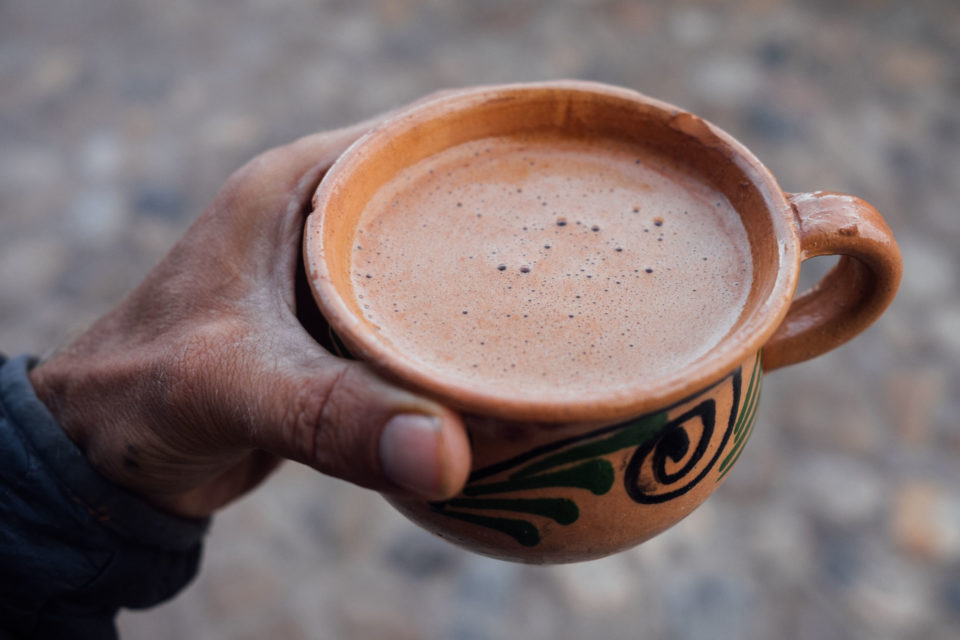
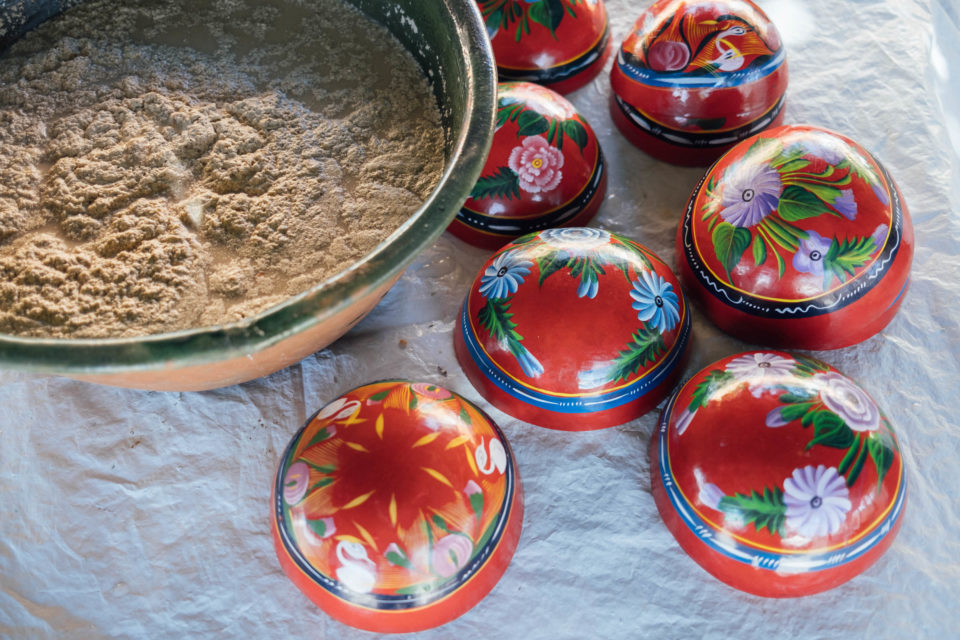
What to Drink
While Oaxaca is well-known for its amazing food, its lineup of traditional beverages is nearly as impressive. Each of the following beverages is not necessarily unique to Oaxaca, but they are all popular options visitors will likely encounter.
- Mezcal, in its simplest terms, is a distillate of maguey, or agave, as the plant is otherwise known, but on a deeper level, mezcal is an important part of Oaxacan culture. Tastings are offered at numerous mezcalerias in the city, and for those who’d like to take a deeper dive, a visit to one of the many palenques in Santiago Matatlán is a great experience. The best deal we’ve found is at La Cosecha organic market; you can find a small mezcal shop in the back that bottles its own. You can have your bottles filled or buy one of theirs. They even offer tastings! Two of our favorite varieties are tobala and tepeztate, both of which have a smoky essence. Espadin is usually the most affordable option and can also be quite good. Note that there are plenty of spots for mezcal maker tours on the Meandros en Mitla and San Jose del Pacifico routes.
- Pulque is a delicious ancient beverage made by fermenting the sap from the agave. Its alcohol content varies but is significantly less than that of mezcal. It is similar to kombucha but can be more viscous.
- Tepache is another popular fermented beverage made from pineapple. It’s a bit sweeter and more tart than pulque.
- Tejate is the original sports drink. It is made with cocoa, maize, the seed of the mamey sapote fruit, rosita de cacao (an edible flower often used to season chocolate), and the optional addition of sugar. It has an unusual appearance, as the fat from the mamay floats on the surface in white fluffy blobs. Looks aside, the drink is refreshing and delicious, similar to diluted Nesquik (instant chocolate milk). Tejate is renowned for its energizing properties and was originally served to field workers needing a boost.
- Atole de maiz (corn) or de trigo (wheat) is not unique to Oaxaca, but it is a very popular beverage that is often served with breakfast. Its consistency is similar to thin porridge, and it’s often sweetened with panela (unrefined cane sugar).
- Chocolate de agua, or hot chocolate, is another Oaxacan staple. Oaxacan chocolate is made by grinding pure cacao and mixing it with panela and often other spices, including cinnamon, before forming it into a disc or small ball. To make the hot chocolate, a disc is added to warm water in a clay pot, and a wooden whisk, or molinillo, is used to mix and froth the solution. Hot chocolate will often be offered with agua or with leche. We were surprised to find that we prefer the water version. The intensity of the chocolate just seems more pronounced without the mellowing effects of milk.
- Cafe de Olla is not specific to Oaxaca, but its origins have been traced to the mountainous regions of southern Mexico, including the states of Veracruz, Chiapas, and Oaxaca. Cafe de Olla is traditionally made in clay pots from a combination of coffee, panela, and cinnamon. There are many variations that include different spices, such as cloves, anise, and black pepper.
- Agua de Sabor (or agua del dia) is water flavored with natural fruit or vegetable juice. Commonly found flavors include jamaica (hibiscus), melon, lime, horchata (rice water with cinnamon or other spices), cucumber, and orange. It’s extremely refreshing. Order a jarra (large jug) of agua de sabor at lunch, fill a water bottle or two, and you’ll happily meet your hydration requirements for at least an hour or two.
Where to Eat
There are way too many great restaurants and eateries in Oaxaca to compile a comprehensive list. These are just a few of the options that come highly rated or that we can vouch for personally. Most listed establishments are in the city, primarily in Centro and Xochimilco. In smaller towns and in the countryside, comedor(es), which means “dining room or dining tables” and fondas, small family-run restaurants, are the way to go. Fondas are more often found in markets, while comedores can be found along even the most remote stretches of road.
Antojitos, Street Vendors, and Budget Eateries
The most economical places to eat in town fall into two main categories: those that serve comida casera and those that serve antojitos. Most locals eat their main meal of the day, la comida, in the afternoon hours. In the evening and early morning hours, locals will likely only grab a snack.
Comida Casera
Comida casera, otherwise known as the menu del dia, is offered at restaurants throughout town and at many of the comedores outside of the city. These meals consist of several small courses, including a soup, entree, and dessert. They are generally served from 1 p.m. until 3 or 4 p.m. or whenever the kitchen runs out of food. Restaurants that serve comida casera will post their menu of the day on signboards or chalkboards just outside their doors. If you’re in the mood for a hearty lunch at a great price (usually 100-150MXN in the city), keep your eyes peeled for a tasty-looking menu and a crowd.
Antojitos
Antojitos, which means “little cravings,” make up the majority of the options in the budget category. These snacks are also jokingly referred to as Vitamina T, as they include tacos, tostadas, tortas, tlayudas, and the occasional tamale.
Street Vendors and Counter Service
- Doña Ceci: Some of the best tacos and empanadas in town. Also serving tortas, all served with tasty toppings, including great guisados, various meats, and vegetarian options.
- Tacos del Carmen: Good street tacos; open during the day
- Empanadas del Carmen (evening hours): Excellent street empanadas and quesadillas. Try the flor de calabaza quesadilla. Unfortunately, it’s gotten popular, so there’s usually a line.
- Lechonito de Oro: Amazingly rich pulled pork street tacos.
- Super Tortas Gigantes and Tortas La Hormiga: Good takeaway torta spots bordering Jardin Conzatti. Super Tortas Gigantes also has a small dining area.
- El Compadre Taquerías: Great street tacos with seating!
- La Cosecha Organic Market: Great place to get an introduction to Oaxacan food. This peaceful outdoor market has rows of picnic tables from which you can enjoy memelas, tlayudas, sopas, tejate, and all sorts of other delicacies, all made in the little stalls that line the market.
- Tlayudas la Chinita: Located south of Centro. Featured on a Netflix documentary. The line can get long, so grab a number and take a seat if you can find one.
- Memelas Doña Vale: Another Netflix-featured vendor who is reportedly worth the hype. Located in Central de Abasto, closes noon-ish, so be there early.
- Pasillo de humo en Mercado 20 de Noviembre: This isn’t a single restaurant. It’s a series of butchers in a smoke-filled hallway. Choose your butcher, choose your meat, and have a seat to order sides, beverages, and tortillas.
Full-service restaurants
- Fonda Florecita (Mercado Merced): Buy one get one free chilaquiles on Mondays until 2 p.m. are hard to beat.
- Taco Alvaro: Good economical fare in a family atmosphere. They offer tacos, tostadas, pozole, etc.
- Tacos Roy: Good taco shop; there are several locations throughout town.
- *La Popular and The Other One (same restaurants, two locations a block apart): The Other One is one of our go-to spots; it’s reasonably priced and set in a nice atmosphere with interesting artwork adorning the walls. Good tostadas, tlayudas, etc.
- Ramón Camarón: Great place for shrimp and fish tostadas; very reasonably priced; the Mexicana tostadas con pescado are great, as is the habanero hot sauce made from Pepsi-Cola and roasted peppers.
- Taquería Tacomiendo: We haven’t tried it, but this place comes highly recommended. They have locations in Reforma and on the southern edge of Jalatlaco.
- Taquería la Flamita Mixe: Local recommendation with two branches in the Reforma neighborhood. Open from 9:30 a.m. to 2 a.m.
NOTE: In addition to providing shuttles and guided MTB tours, our friend Gerardo Garcia also offers street food tours via Airbnb experiences. Here are links to those experiences: Tacos and Secret Bars of Oaxaca and Street Food, Bars, and Culture.
Mid-Range (250-800MXN per person)
There are also many mid-range options that toe the line between affordable and high-end that are quite nice but a little easier on the wallet than the fine dining options we’ll cover next.
- Ancestral: This gem of a restaurant is slowly edging its way closer to the fine-dining list, but for now, it’s on the higher end of the mid-range options. Authentic cuisine is made in an open kitchen and served in a beautiful outdoor garden setting in Xochimilco. The molotes and garnaches are amazing.
- Chepiche Cafe: Another great option in Xochimilco, set in a peaceful courtyard. The breakfast is particularly good and more economical than the dinner options. We highly recommend the Torta Ahogada. The coffee is also superb.
- *Casa Taviche: This Small menu rotates daily but always includes very reasonably priced and tasty entrees, including excellent vegetarian options. Their mezcal cocktails are also fantastic. Try the one with pepino, though it will probably lead to more.
- Barbacoa Obispo Cocina Rural (San Felipe del Agua): This is our favorite spot for Sunday barbacoa. The tacos blandos are very reasonably priced and come with an array of tasty accouterments.
- *Levadura de Olla: This impeccable restaurant serves the most authentic moles in a charming atmosphere. It’s well worth the cost for a truly special dining experience.
- Luz de Luna (San Andreas Huayapam): This is another great spot for barbacoa, though they make it from cow versus the traditional goat as elevated comal fare. The upstairs dining area has a beautiful view that makes their two-for-one mezcal cocktail special even more enjoyable.
- Boulenc: They offer tasty breakfasts under 150MXN/person. Dinners include sandwiches on house-made bread and great wood-fired pizzas.
Fine Dining (800-1000+ MXN per person)
The number of fine dining establishments in Oaxaca is growing by the day. Prices have risen significantly in the last few years, but the quality of food and service offered at these world-class restaurants still make them a great option for special occasions.
- Criollo:. Criollo is a collaboration between world-renowned chef and restaurateur Enrique Olvera (Pujol, Mexico City), head chef Alejandro Ruiz, and architect Javier Sánchez. They offer an exceptional tasting menu that changes daily.
- Origen: Origen offers a la carte and fixed menus. Online menu with prices.
- Tika’aya: We’ve heard high praises for this tiny restaurant with inspired twists on authentic Mixtec cuisine. Mixtec kitchen with a six- or seven-course tasting menu.
- *Los Danzantes: One of the more established fine-dining options in the city, once regarded as one of Chef Alice Waters’s favorite spots.
- Crudo: Chef Ricardo Arellano says the food at Crudo is unquestionably Oaxacan, but this tiny restaurant offers an omakase dining experience that is reportedly unforgettable.
- Alfonsina: A visit to Alfonsino requires a little extra effort, as it’s located outside of the city in the small town of San Juan Bautista la Raya. From what we’ve heard, it’s well worth the trek. The five-course menu is ever-changing but always fresh and inspired.
- Restaurante Casa Oaxaca: A classic fine-dining spot in the city serving a variety of moles as well as lighter fare, located on the square with Santo Domingo church.
Vegetarian and Vegan
Though meat is heavily featured in most Oaxacan and Mexican cuisine, vegetarians and vegans need not despair. Markets abound with amazing produce and nuts, and you can find high-quality ground nut butters at any of the health food stores in the city. Most restaurants and many street vendors also offer limited vegetarian options, including tlayudas sencillas “sin asiento” and quesadillas. For vegans, memelas “sin asiento” and tacos with flor de calabaza, huitalacoche, champiñones or hongos are a great option. For desayunos or almuerzo, entomatadas (tortillas in a delicious tomato broth) are another tasty option, and sopa de guías de calabaza is a healthy option full of greens. If the guías come with chochoynes (cornmeal dumplings), ask first if the dumplings include lard (manteca de cerdo). While in the city, there are also some great restaurants with multiple vegetarian options.
- Calabacitas Tiernas: Excellent vegetarian and vegan food with a cool library/bookstore built in; great atmosphere. The jamaica and plantain taquitos are awesome.
- Hierba Dulce: Good vegetarian/vegan restaurant that’s moderately expensive. Try their cremoso de chocolate oaxaqueño for an outrageously rich dessert.
- Cabuche: Great tacos and vegan pazole made with mushroom broth.
- *La Cosecha Organic Market: Great spot featuring a covered courtyard with multiple vendors, food stalls, juices, mezcal, etc.
- Adamá: Beautiful little restaurant serving all of the Middle Eastern classics, like falafel, hummus, and baba ghanoush. Cash only.
- Boulenc: Good wood-fired pizza and non-Oaxacan fare in a really neat space; great breakfasts. Boulenc’s bakery is also one of the best in the city.
Bakeries and Coffee Shops
- *Pan con Madre: Excellent bakery; good bread, granola, pizza, pastries, etc. One of our favorites.
- Boulenc: Another fantastic bakery with great breads and flaky, buttery croissants.
- Corasán taller de pan artesanal: Another very good bakery and coffee shop. Located in Xochimilco.
- *El Volador: Excellent coffee and a good place to meet for pre-ride caffeination.
- Cafe Caracol Purpura: Another nice coffee and chocolate shop and cafe. The beans are house-roasted.
- Antique Cafe: Good coffee and a serene courtyard setting for breakfast and lunch. Located in the Xochimilco aqueducts beside Ancestral restaurant.
Markets Galore
Markets are an integral part of life in Oaxaca and shouldn’t be overlooked. Not only can you find a dizzying array of fresh fruits and vegetables, amazing juice bars, prepared snacks, and incredible meals, but visiting the markets also offers a rich learning experience. Vendors are usually happy to answer questions and often offer samples of the fruits they sell. Most markets also have vendors selling a variety of hardware, apparel, and all sorts of useful odds and ends. Every municipality or village in Oaxaca (and likely throughout Mexico) has one big market day, or tianguis, each week. These markets are at their most lively these days, and vendors often travel long distances to sell their wares. When planning a bikepacking trip, it’s fun to consider the days when you can incorporate a busy market visit into the route. The following is a limited list of some local market days.
Monday: Teotitlán del Valle
Teotitlán del Valle is the place to go if you’re in the market for a beautiful, handmade wool rug. Note that a lot of the rug shops (of which there are many) are open on most days, but many of the makers will go to other markets to sell their products on other days. Monday is the best time to go.
Tuesday: Santa Maria Atzompa
Santa Maria Atzompa is our favorite town for ceramics. Check out the local greenware at the market, then take a tour of the many small studios in town afterward.
Wednesday: Villa de Etla
Etla is most well-known for its delicious quesillo. While you’re there, consider a side trip to San Agustin Etla to check out the Centro de las Artes. And if you happen to be in San Agustin Etla on a Sunday, check out the farmer’s market in the eucalyptus forest (noted on the map).
Thursday: Zaachila
Zachilla was the last capital of the Zapotec. This open-air market purportedly has some of the best barbacoa in the valley.
Friday: Ocotlán
Ocotlán has one of the biggest tianguis in the area, with a vibrant fruit and vegetable market. It is well known for its nieves (traditional Oaxacan ice cream), bread, and artisanal knives. We happily stumbled on market day in Ocotlán during our ride on the San Jose del Pacifico Grand Dirt Tour.
Saturday: Oaxaca de Juarez
Multiple markets are spread throughout the city, but Mercado Benito Juárez and Mercado 20 de Noviembre are probably the most popular (and heavily touristed). These markets are directly adjacent to each other and are great spots to grab breakfast or lunch (check out the smoked meats hall, and be sure to get a traditional Oaxacan tamale stuffed with black mole and slow-cooked chicken) followed by some craft shopping.
The largest market in the city, and one of the largest in the world, is the Central de Abasto, which covers over 800 acres/328 hectares. This is where “real” Oaxacans and local business owners come to shop. A visit to Abastos Market is great fun, albeit a little overwhelming, especially on Saturdays. Note that there have been incidents of pickpocketing in Abasto, so be sure to secure your belongings.
There are also smaller markets scattered throughout town. The prices of goods tend to be higher, especially for non-locals and those without a great handle on their Spanish, but they are convenient and are far less claustrophobic than those previously mentioned. The fondas at these markets offer home-style meals at great prices. Two of our favorite neighborhood markets are Mercado Sánchez Pascuas on the northwest edge of Centro and Mercado de la Merced, close to the colorful Jalatlaco neighborhood, east of Centro.
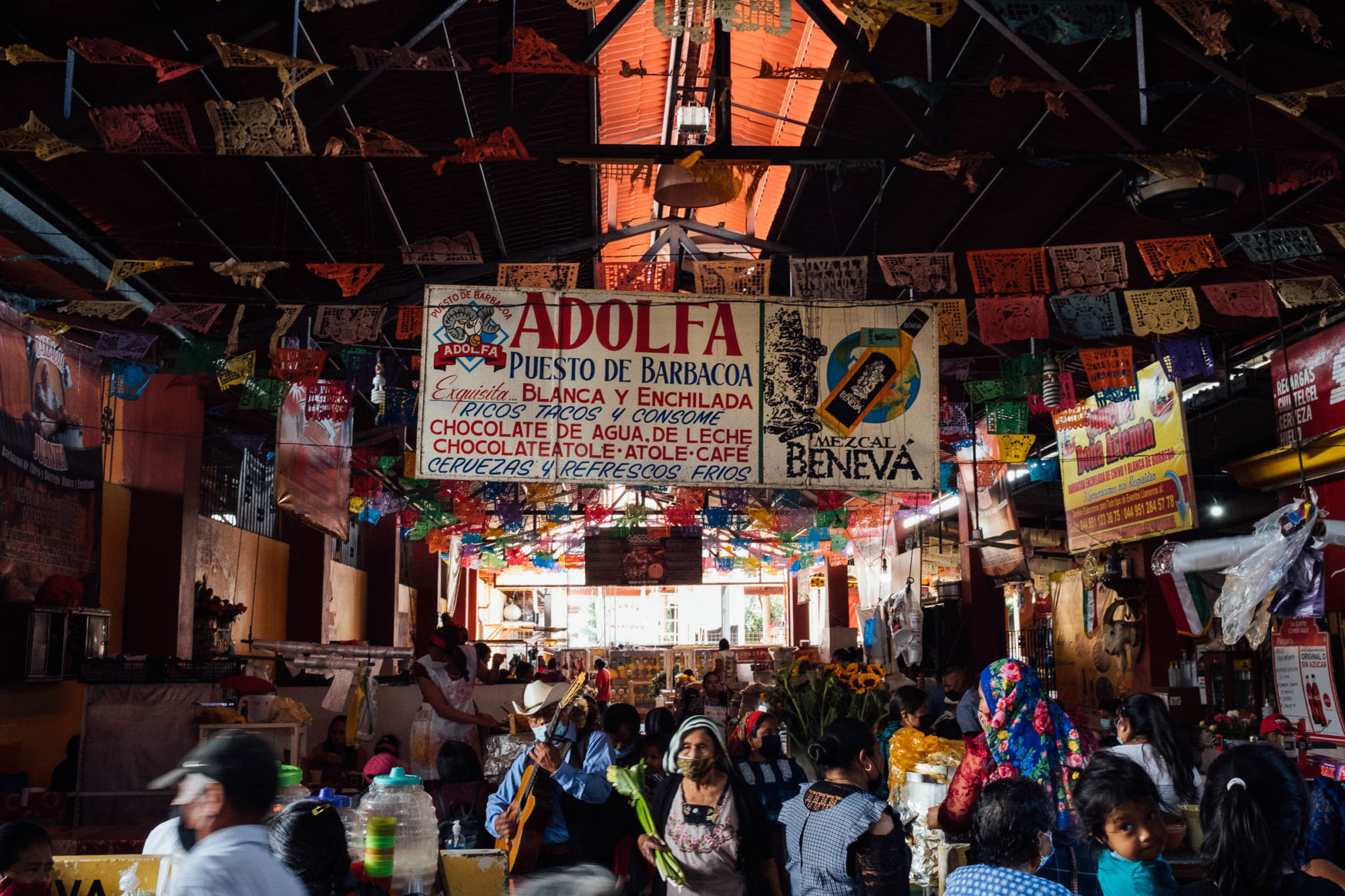
Sunday: Tlacolula
Tlacolula’s market is one of the oldest continuous markets in Oaxaca and across Mesoamerica. It’s particularly impressive because of its huge size and the quality of crafts found there. Every Sunday, craftspeople, farmers, and vendors from towns and Indigenous communities throughout the valley gather there to sell their products. It’s famous for its barbacoa, though non-meat-eaters can also admire the array of crafts from throughout the valley, including an array of pottery, baskets made from palm and carrizo, and coffee and cacao from the mountains. It’s worth it for the hubbub alone. If you arrive on two wheels, you can walk your bike into the market, but it can be a little hectic with the crowds.
Arts and Crafts in the Oaxaca Valley
Art and craft are intrinsic to Oaxacan culture. It’s hard to walk a block without seeing fantastic graphic artwork wheat-pasted to colorful walls. And then there are neighborhoods like Jalatlaco and Xochimilco, where entire blocks are covered in exquisite hand-painted murals. Fabrics woven in Xochimilco still decorate many homes, while ceramics made in one of several nearby villages cover patios and balconies and adorn dinner tables. If shopping is of interest, it’s easy to find galleries and artisanal markets throughout the city with works representative of all the local communities. For those interested in meeting artisans and seeing works in progress, visiting the communities where these crafts are made is highly recommended.
Printmaking
The graphic arts scene in Oaxaca de Juarez is incredible. Much of the work is socio-political in nature, with roots based in the tradition of Mexican Muralism—a creative era that emerged after the Mexican Revolution, which was reignited with the Popular Revolt of 2006. Aside from what you see on the walls throughout the city, there are too many great print studios in town to list, but here are the names of just a few:
- Subterráneos is a group that encourages young people—through a school, workshop, and gallery—to make social issues visible with public artistic expression.
- Espacio Zapata was founded by Oaxacan artist Francisco Toledo and is set in a beautiful colonial house in Centro across from Santo Domingo. The center offers rotating graphic art exhibitions and more.
- Taller de Gráfica La Chicharra was founded in 2014 as a graphic production workshop focused on traditional engraving techniques.
Textiles
Embroidery and weaving are the two primary categories of traditional textile craft that you will see a lot of in Oaxaca. Weavings include rugs, which are often from wool dyed with natural pigments, and wall hangings created on fixed-frame pedal looms. Cotton belts, handbags, and placemats are typically produced on backstrap looms, and bolts of cotton and silk cloth used to make homewares like bedspreads, tablecloths, and towels are made on flying shuttle looms. Embroidery can primarily be found on huipiles (loose-fitting tunics) and blouses but may also be added to dresses and men’s guayaberas. Traditionally, embroidery was created by hand, but most of it is made with a machine today. The locations listed below are where these distinct textile processes are most well-represented. For folks interested in textiles, the Museo Textil de Oaxaca often has great exhibits, and their gift shop has examples of some of the finest work in the area.
- Teotitlán del Valle: The Teotitlán del Valle pueblo is nestled in the foothills of the Sierra Norte just below Benito Juarez. It’s known for its wool rugs, wall hangings, purses, and cushion covers. Much of the wool used has been dyed with pigments derived from natural sources found locally, such as chamomile, indigo, cochineal, and marigold. Most of the weaving shops in Teotitlán have looms on-site where visitors can observe artisans at work. Some shops offer full tours where visitors can learn about the dying processes and participate in workshops.
- Santa María Tlahuitoltepec: This town in the eastern side of the state specializes in machine-embroidered huipiles and blouses. Distinct black and red designs are unique to the Mixe community of Santa María Tlahuitoltepec. Many of the designs contain symbolic elements that represent the community’s historic, cultural, and spiritual identity. Since 2015, Santa María Tlahuitoltepec has been at the center of a fight over cultural appropriation, intellectual property rights, and plagiarism. Several international fashion designers and apparel companies, including Isabel Marant and Anthropologie, have copied the unique designs of the Indigenous community without their consent or compensation.
- Santo Tomás Jalieza: South of the old capital, Santo Tomás Jalieza is a small pueblo known for backstrap loom woven belts, guitar straps, bracelets, and purses. There are cooperatives of weavers in town and works for sale at the Mercado Artesanal. For a special treat, visit local weavers and watch them at work. The Navarro family is particularly inviting, and their workshop is in a lovely courtyard.
- San Antonino Castillo Velasco is known for its hand-embroidered cotton blouses and dresses in one-of-a-kind, multicolored, floral motifs. Men’s blouses and guayaberas are less common. Each blouse takes at least five to seven days to complete, with more complex work and dresses taking up to eight months. There are a few shops in San Antonio where work can be purchased directly from the source, though hours are a little unpredictable. On a visit in 2023, we had luck at Artesanías de Blusas Bordas Pensamientos de Colores, as it’s shown on Google Maps. Artesenias Seve and Artesanias Vicky also have good reviews. For a special treat, visit the studio of master sculptor Jose Garcia Antonio when you are in San Antonio.
- Barrio Xochimilco in Oaxaca de Juarez is an historic maker of cotton tablecloths, bedspreads, napkins, and other housewares woven in bright colors. Walking through the Xochimilco barrio on any given day, you can often hear the sound of the weavers at work. The flying shuttle loom has a distinct, rhythmic beating sound as the weaver moves the handle back and forth. Peak your head into a workshop, and you can see how much physical labor goes into creating these beautiful housewares.
Ceramics
Pottery has been an essential component of Oaxacan life since the times of the Olmec and the earliest Zapotec inhabitants. Today, ceramicists and potters throughout the valley continue to work their craft, many using the traditional techniques for which their specific communities have long been known. Contemporary ceramicists are also making their marks on Oaxaca, blurring the lines between traditional craft and high art. The results are inspiring.
The villages listed below are each known for their distinctive contributions to the rich tradition of Oaxacan ceramics. Many artisans in these communities have open studios and welcome visitors. Various tour operators based in Oaxaca City also offer guided visits and workshops in some of these communities. This list is by no means comprehensive, as there are upward of 70 villages in the area known for their ceramics, and dozens of different methods are used for making clay wares across those villages.
- San Marcos Tlapazola is a small Zapotec village located approximately 25 miles/40 kilometers from the city. Roughly a third of the village’s population is dedicated to the production of barro rojo. The vast majority of these artisans are women. The process of creating a finished piece is arduous. The final steps include burnishing the pieces with stones and then firing them in a most unusual way, which involves layering brick, stone, spent ceramic shards, sheet metal, bedsprings, and dung. We fell in love with the tiny mezcal cups with faces that exude personality on our very first visit, and we’ve returned several times since. San Marcos Tlapazola is conveniently located on several of the routes in this guide, including the San Jose del Pacifico Grand Dirt Tour. Stop by on your bike, and if your frame bag proves too small for transporting these great ceramics, come back in a taxi.
- San Bartolo Coyotepec is famous for its barro negro, or black pottery. This pottery is the most emblematic of Oaxacan ceramics, as its sleek, dark appearance, which often includes carved elements, is undoubtedly unique. There are no added colors or glazes applied to the work. The color is purely a product of the clay’s mineral content and the intense carbonization that results from the firing process. The pieces with a shiny black appearance were burnished before firing, while the matte, dark gray ones were not. A great day ride from the city makes its way through San Bartolo and over a desert pass back into the valley. See the section on our favorite day rides for details.
- Santa Maria Atzompa, which lies just a stone’s throw away from Oaxaca City, is a hub for talented ceramicists. The town is best known for its jade green-glazed earthenware, most of which is used for cooking, baking, and serving food. In the mid-20th century, wares from Atzompa were shipped to all parts of Mexico and exported to the United States, but later, concerns over lead toxicity from the glaze destroyed that market. In the 1990s, newer lead-free green glazes were developed, but Atztompa’s economy has never recovered. Today, you can still find plenty of green-glazed pottery in Atzompa as well as traditional pastillaje work, but there are also artists making edgy, contemporary works that are a far cry from those classic dishes. Some of our favorite studios in town include Taller de Escultura y Cerámica 4 Elementos, Galleria De Arte Peguero, and Taller de Escultura y Ceramica Bichuga Bigu. Find those in the Excursiones en Etla route as well as noted on the recommended Ceramica y Senderos day ride.
- San Antonino Castillo Velasco is not well known for its ceramic artists, save for one man—master sculptor Jose Garcia Antonio—and his family. Señor Garcia is known for his whimsical folk art, the most impressive of which are life-sized figures, including mermaids, mythical creatures, and Zapotec women. Despite losing his eyesight from glaucoma at the age of 55, he continues to create work with the help of his partner and muse, Maestra Santa Reyna. Their three children have continued in the family tradition. It may be possible to arrange a tour of their studio in advance, but we were lucky enough to catch the Maestro at work without advanced notice.

Alebrijes
Alebrijes are brightly colored Mexican folk art sculptures of fantastical creatures. They were first created in Mexico City by papier-mache artist Pedro Linares, who purportedly had visions of fanciful creatures whilst very ill and lying in bed unconscious. His concept was later adopted by Oaxacan woodcarver Manuel Jiménez. The craft took off, as there was already a strong tradition of wood carving in Oaxaca. Today, the towns of San Antonio Arrazola, where Ramirez was born, and San Martin Tilcajete are home to hundreds of artisans who create these amazing sculptures, carved from copal wood and meticulously hand-painted with vibrant patterns and impossibly intricate details.
To learn more about how alebrijes are made, including a great demonstration of how the different pigments used to paint them are produced, visit the Jacobo and María Ángeles Workshop in San Martin. The work at this studio is pricey, but the quality is amazing.







